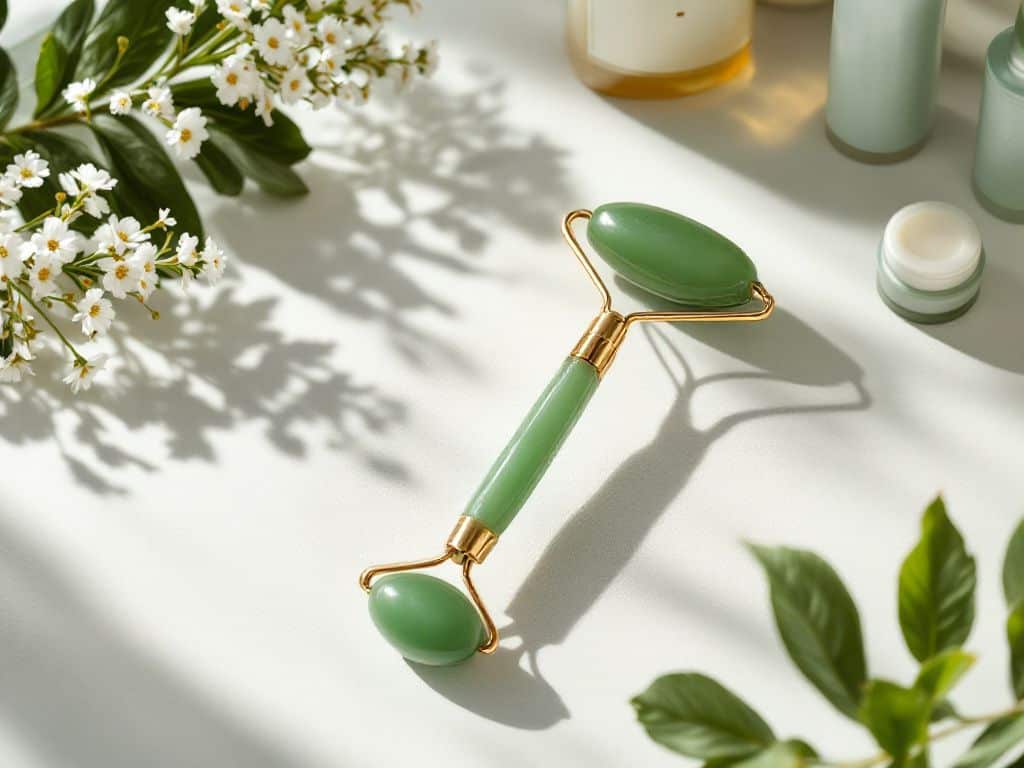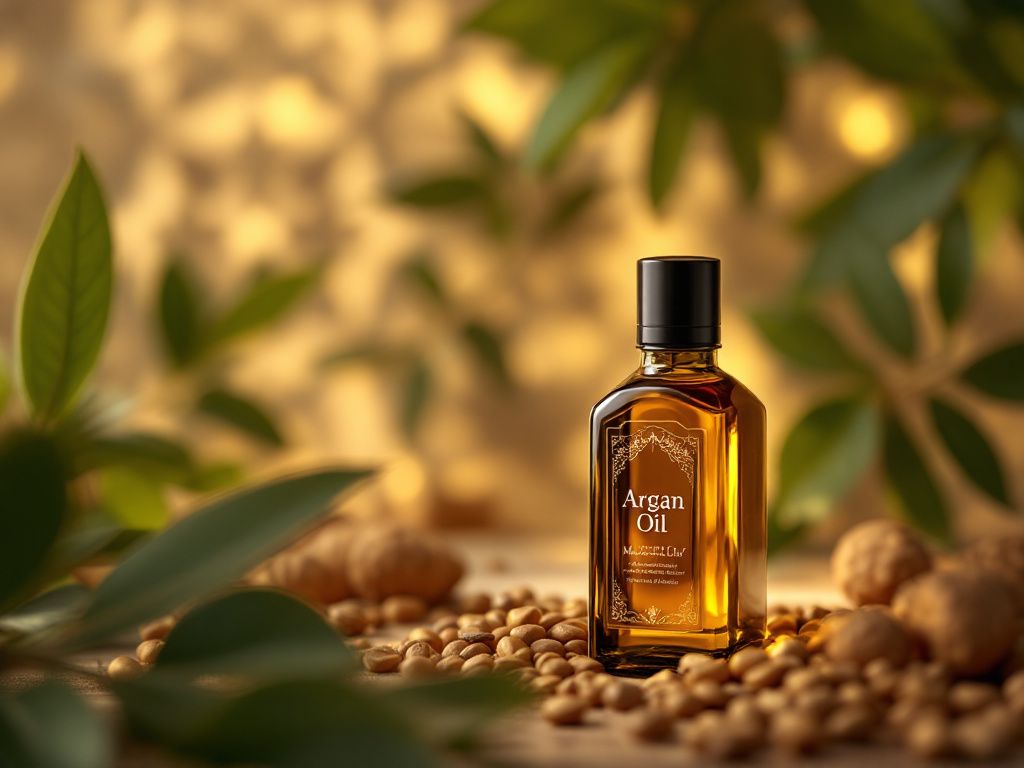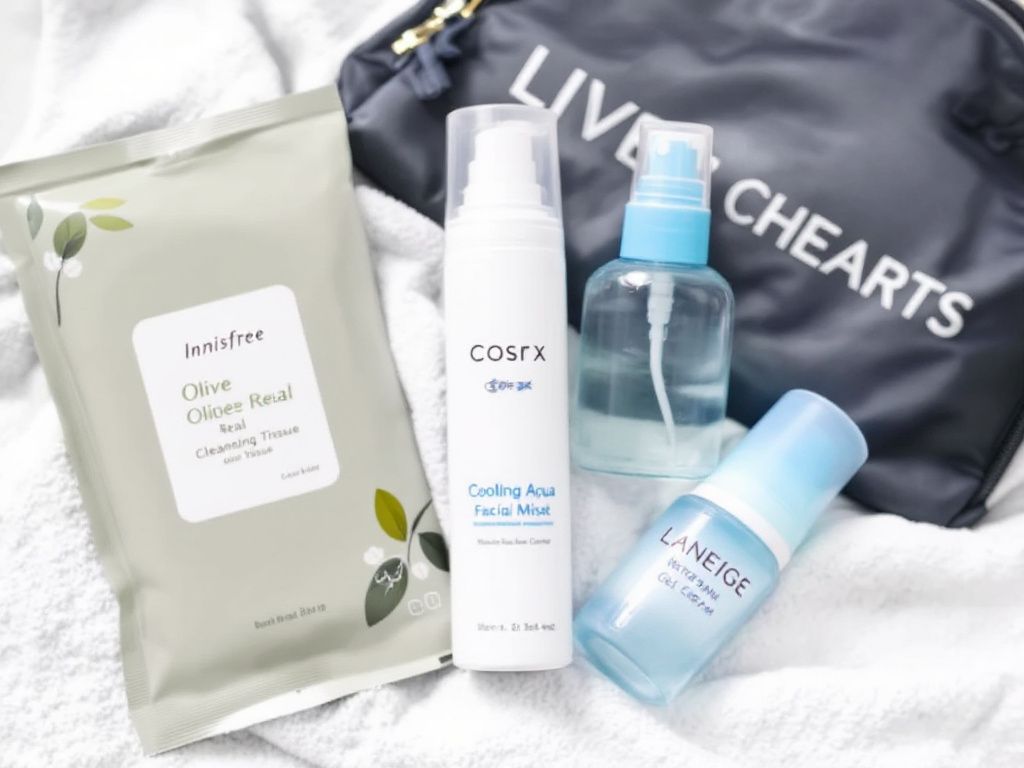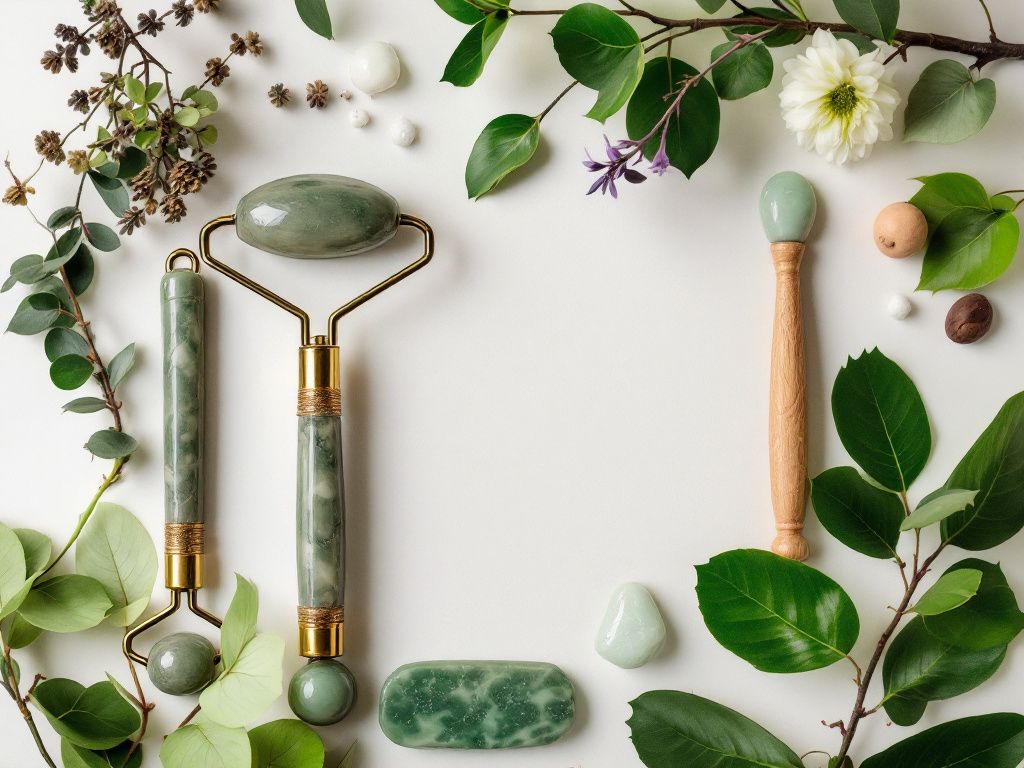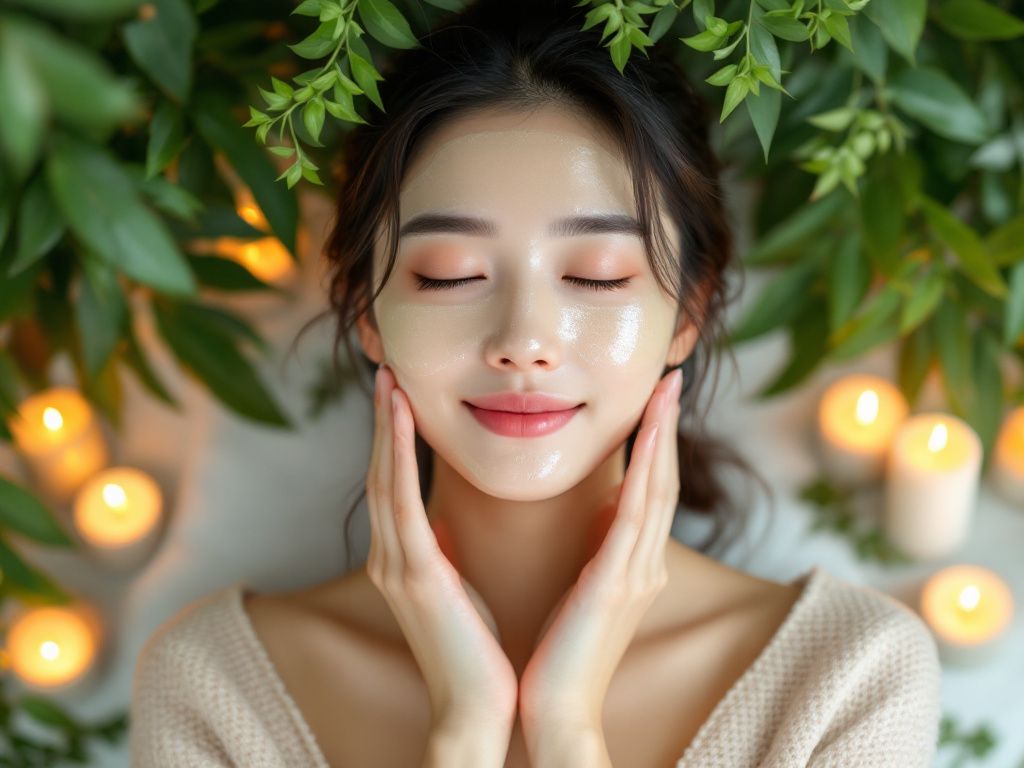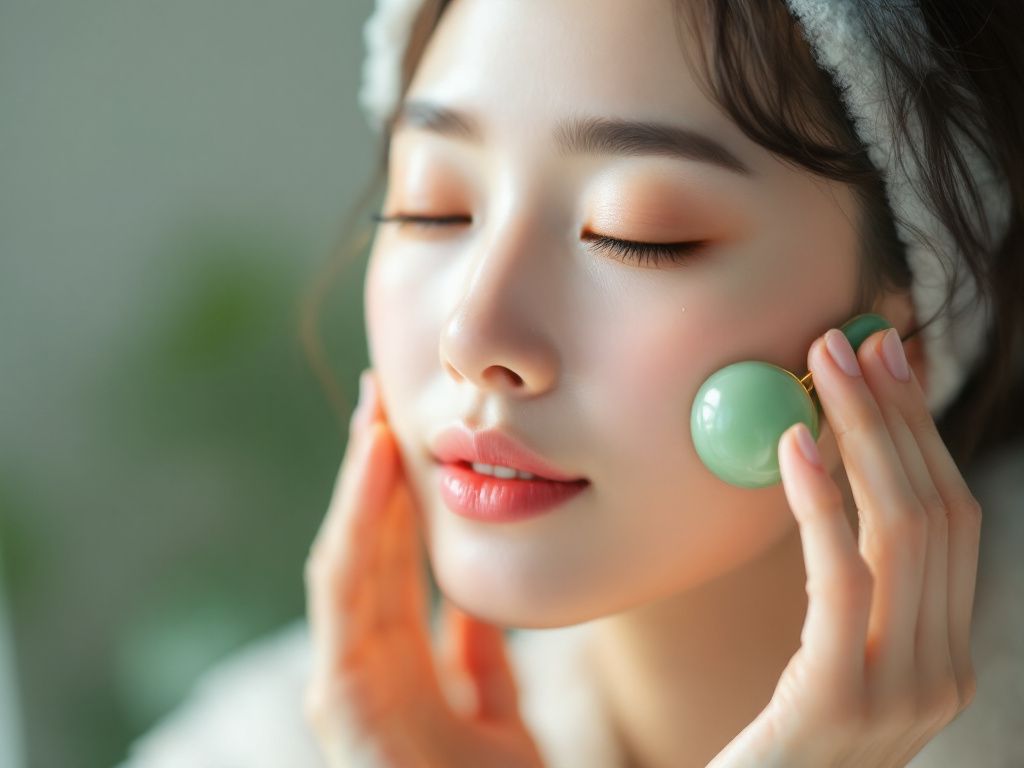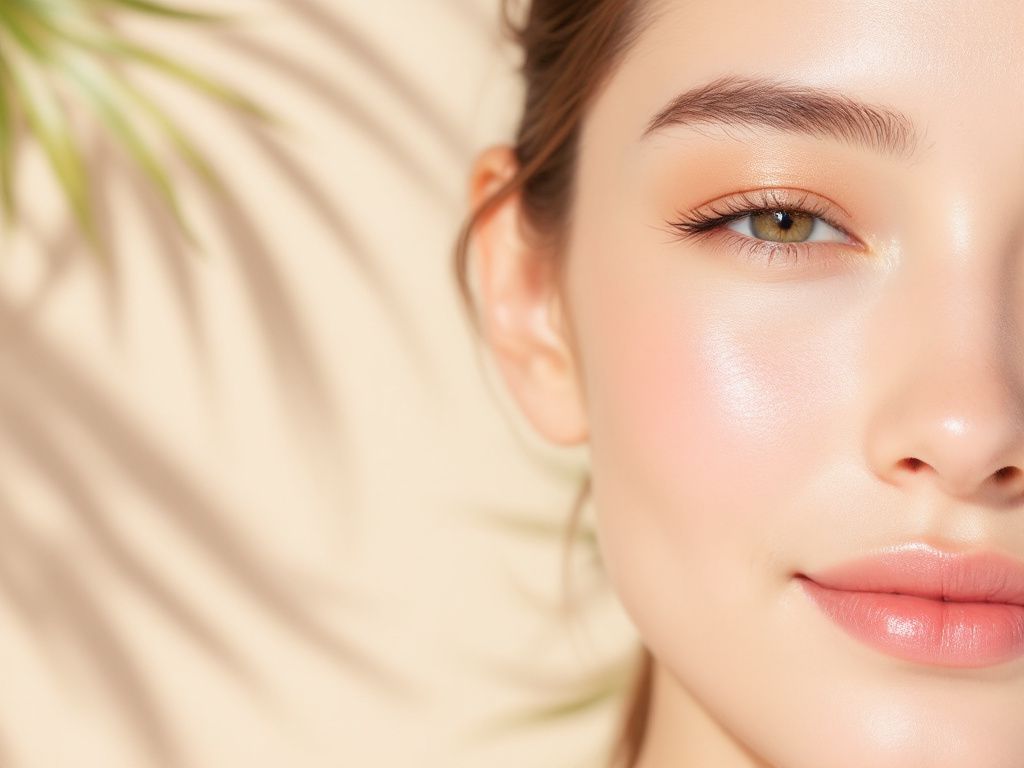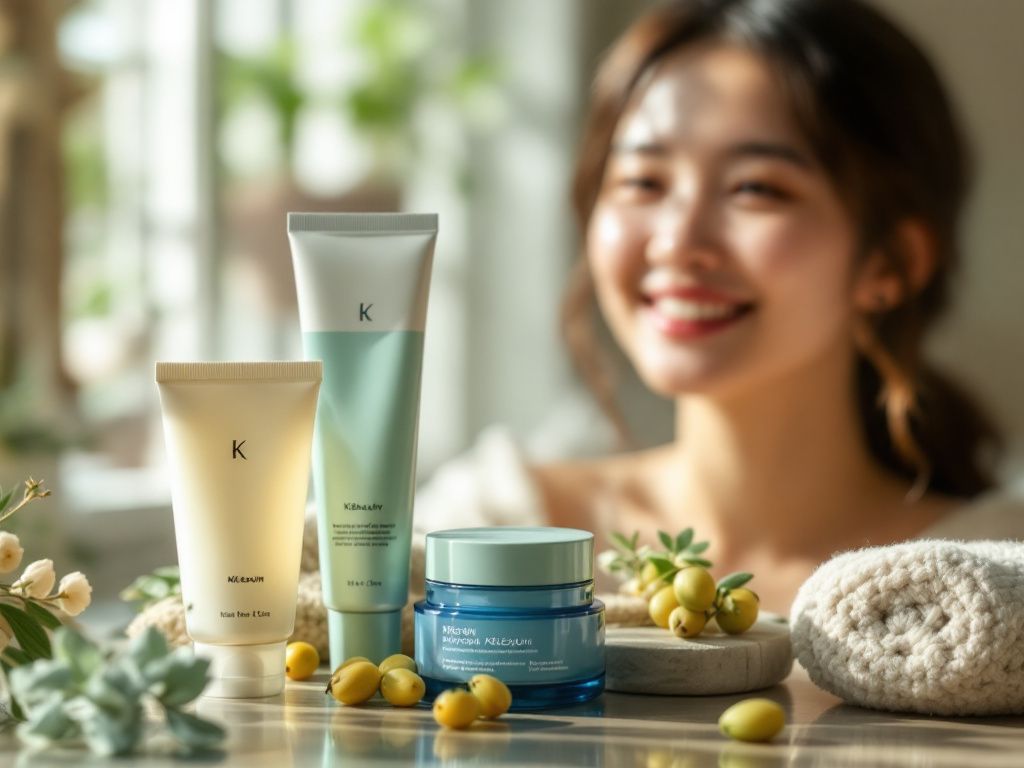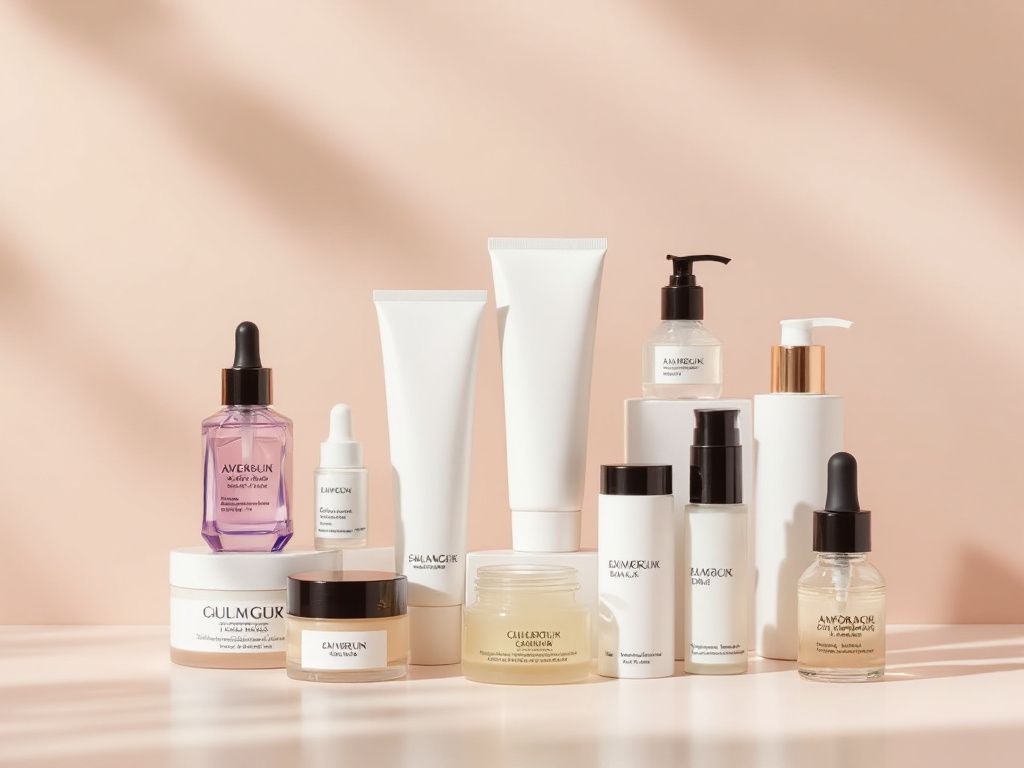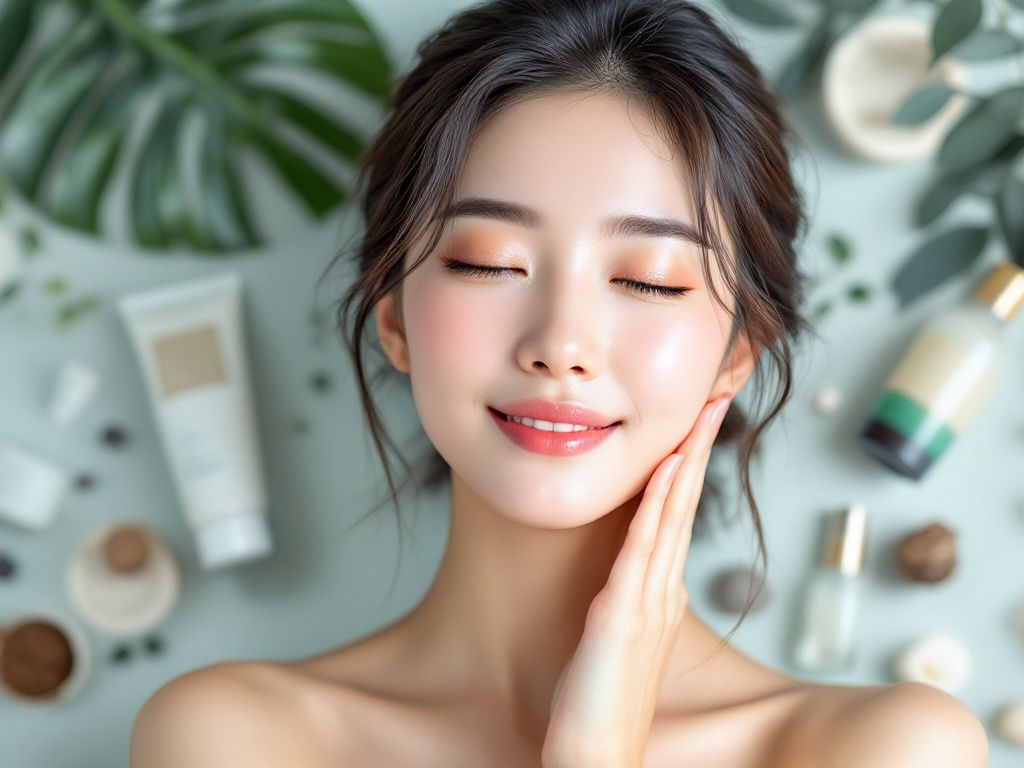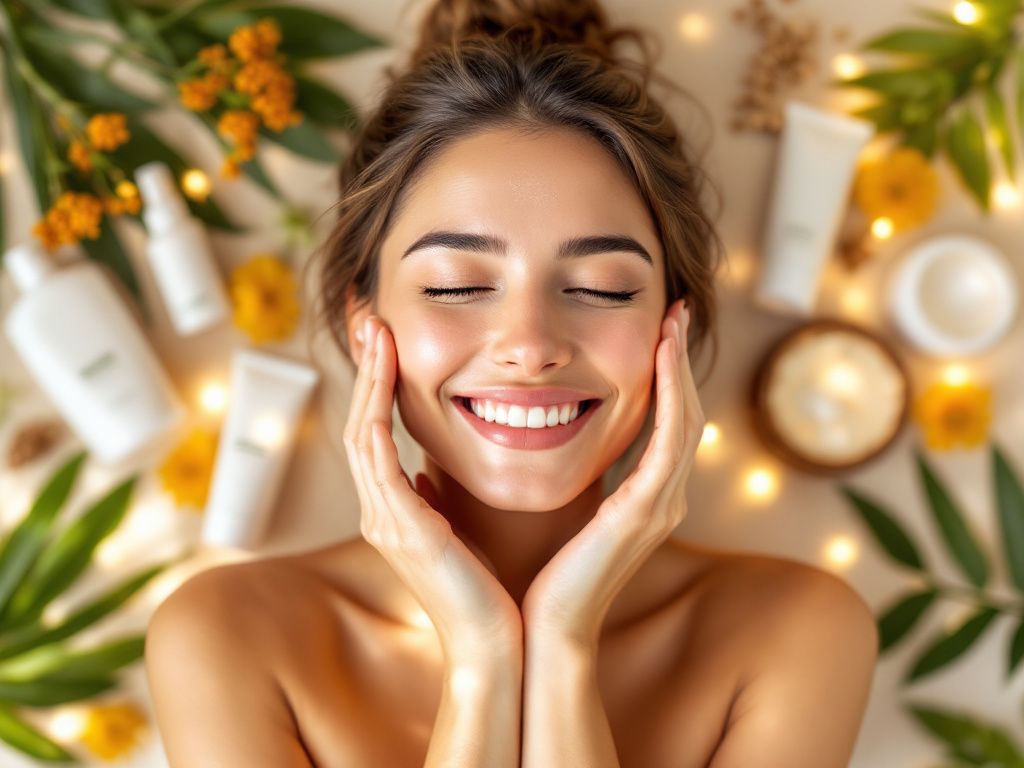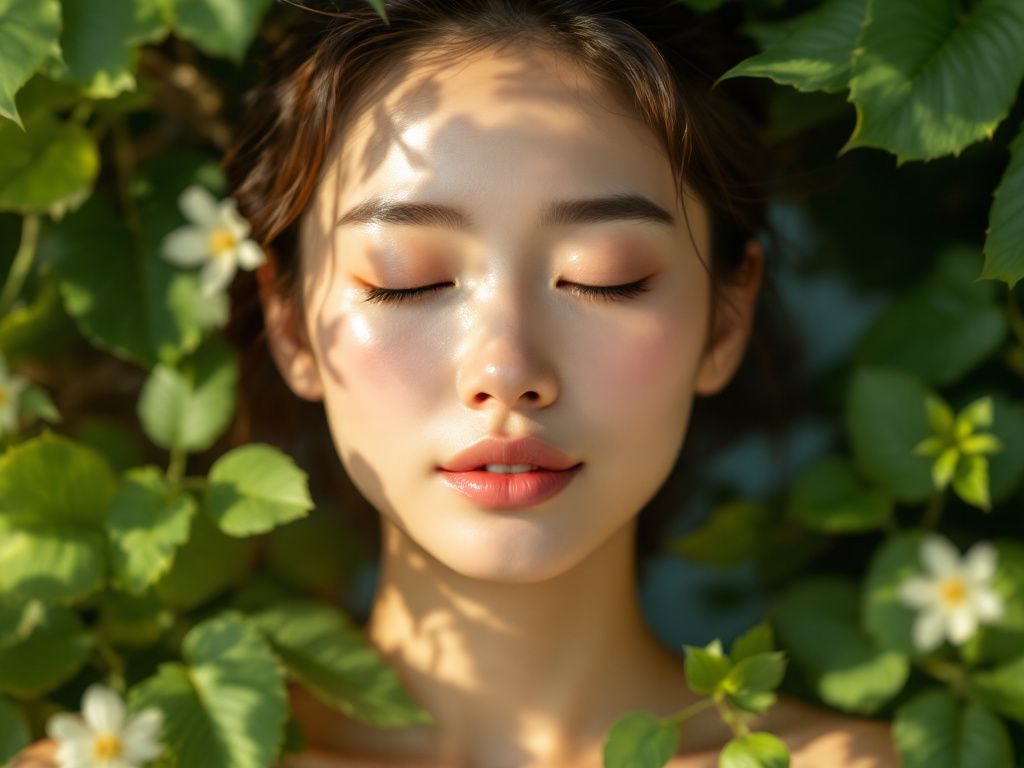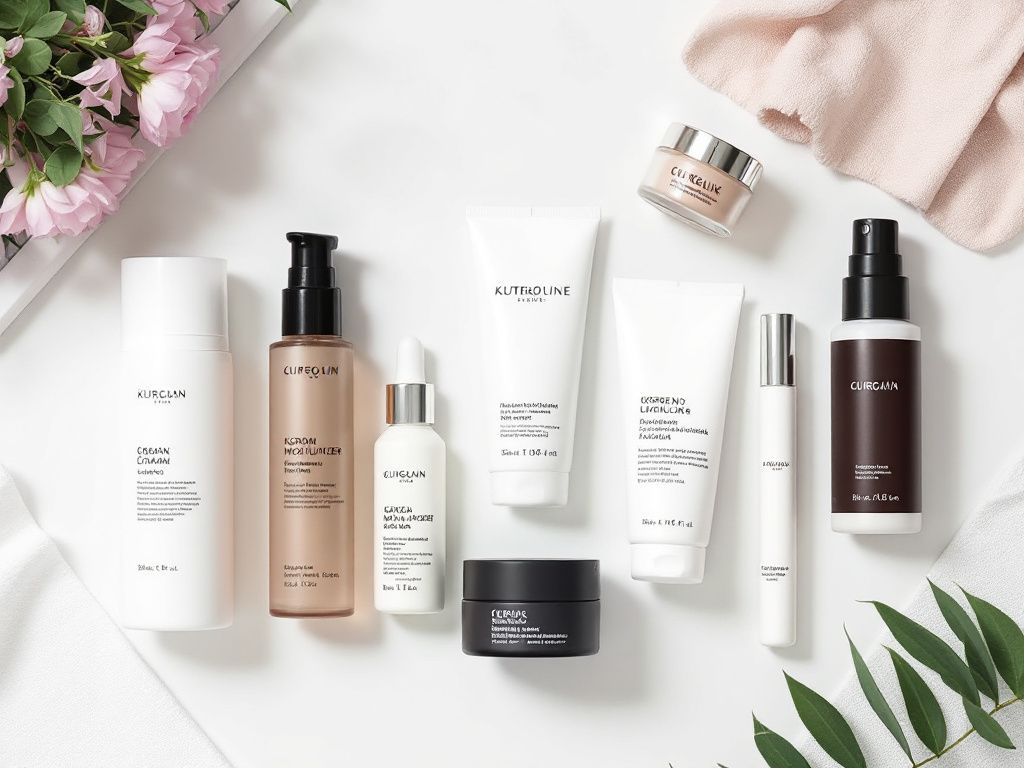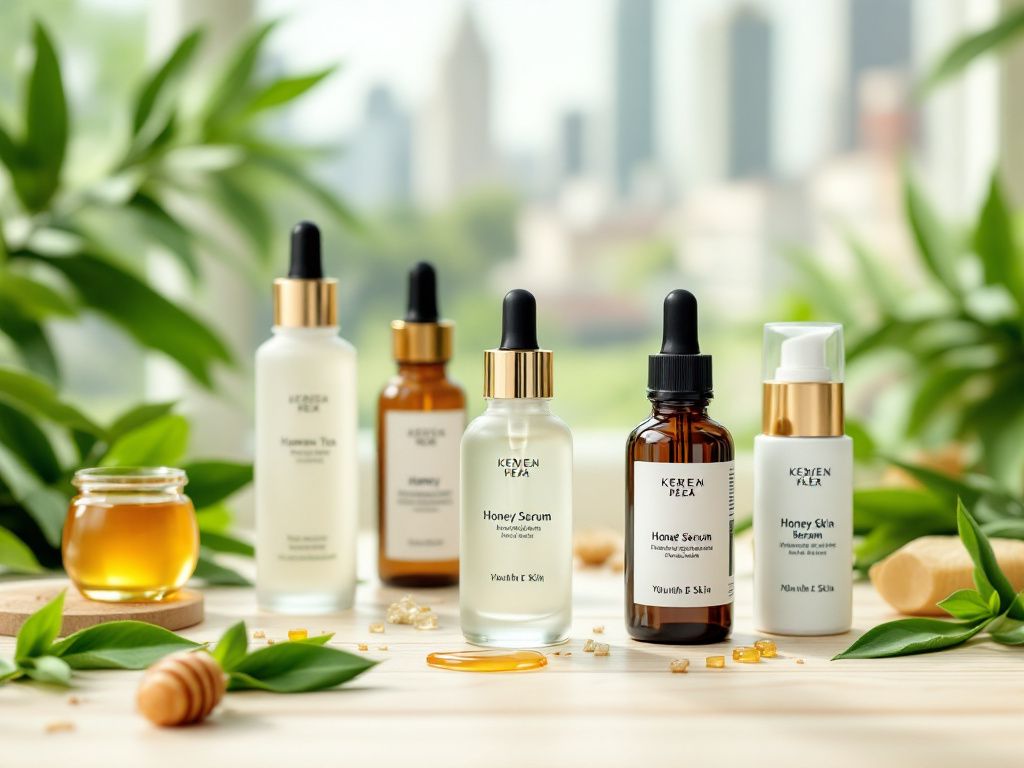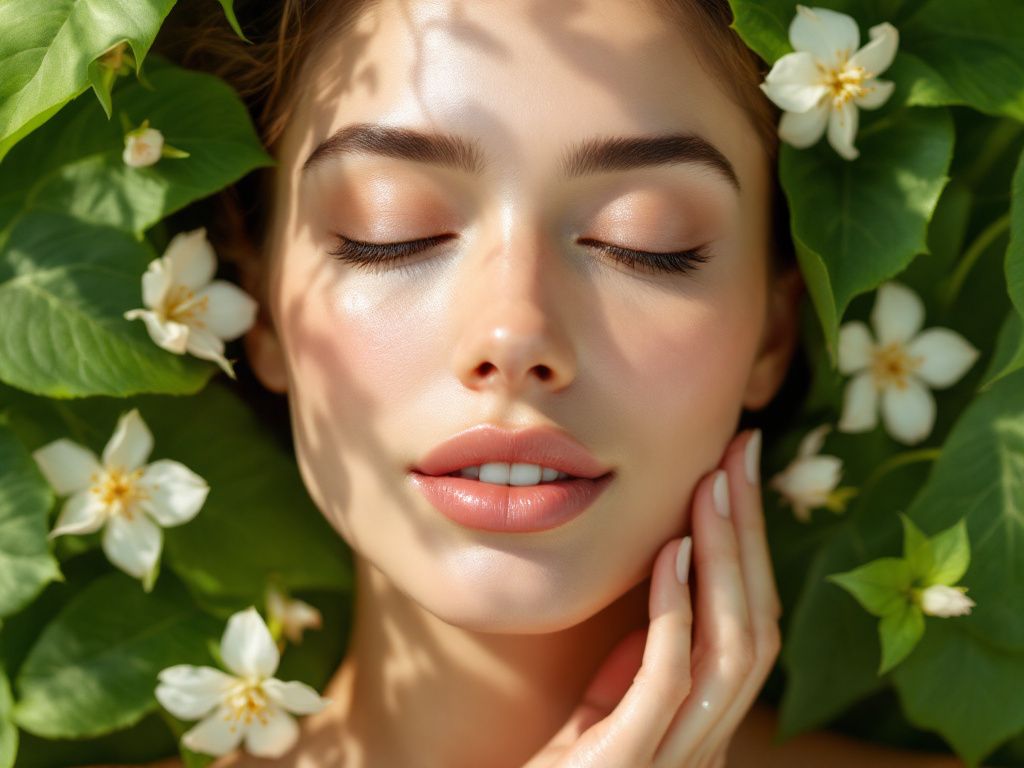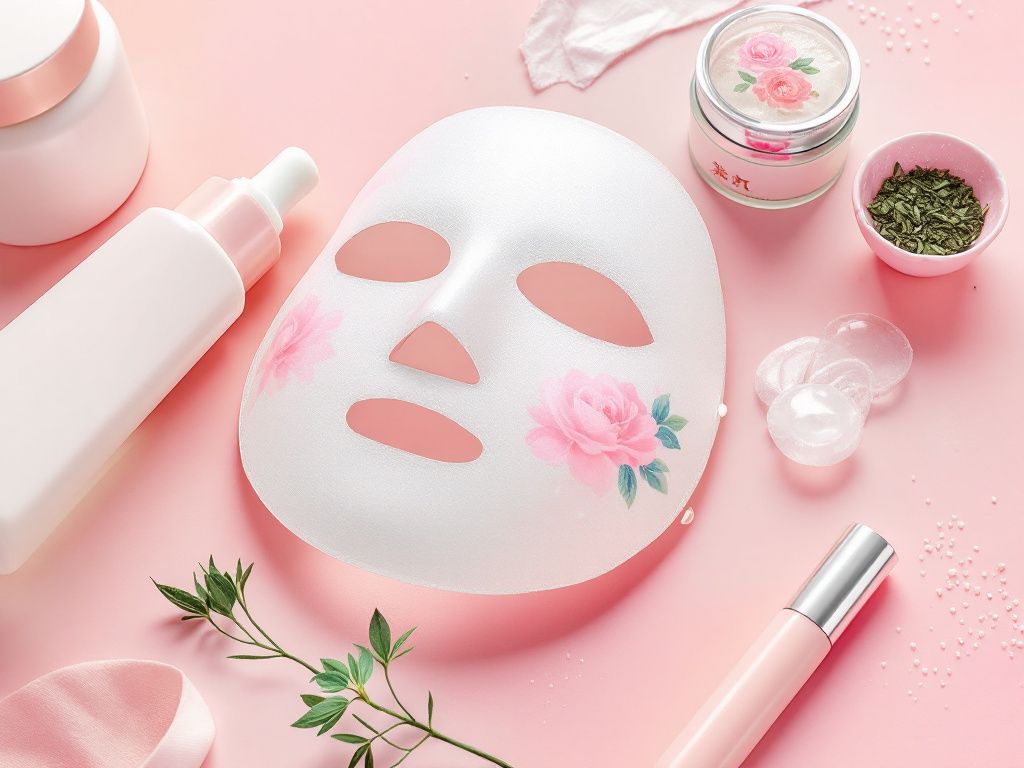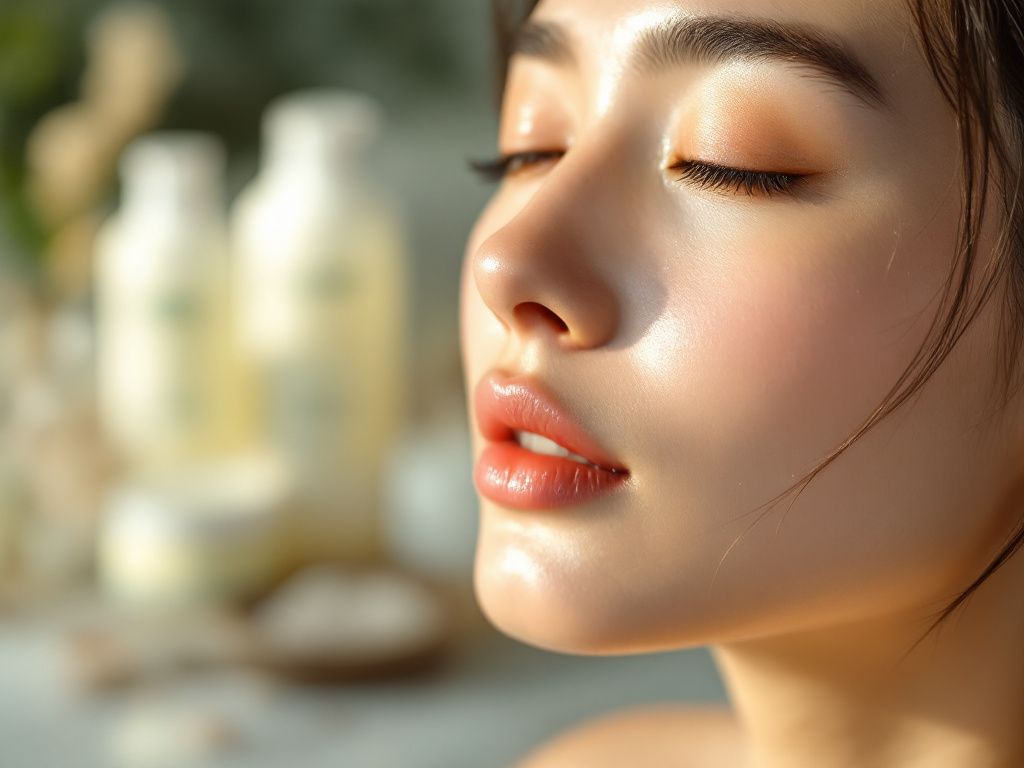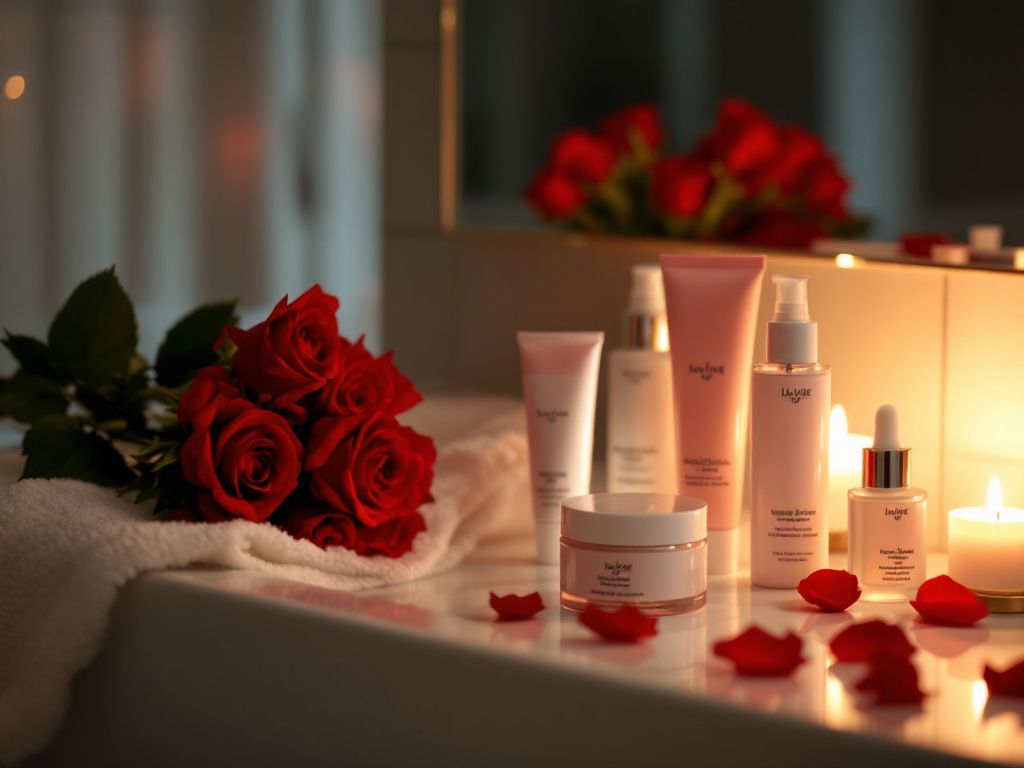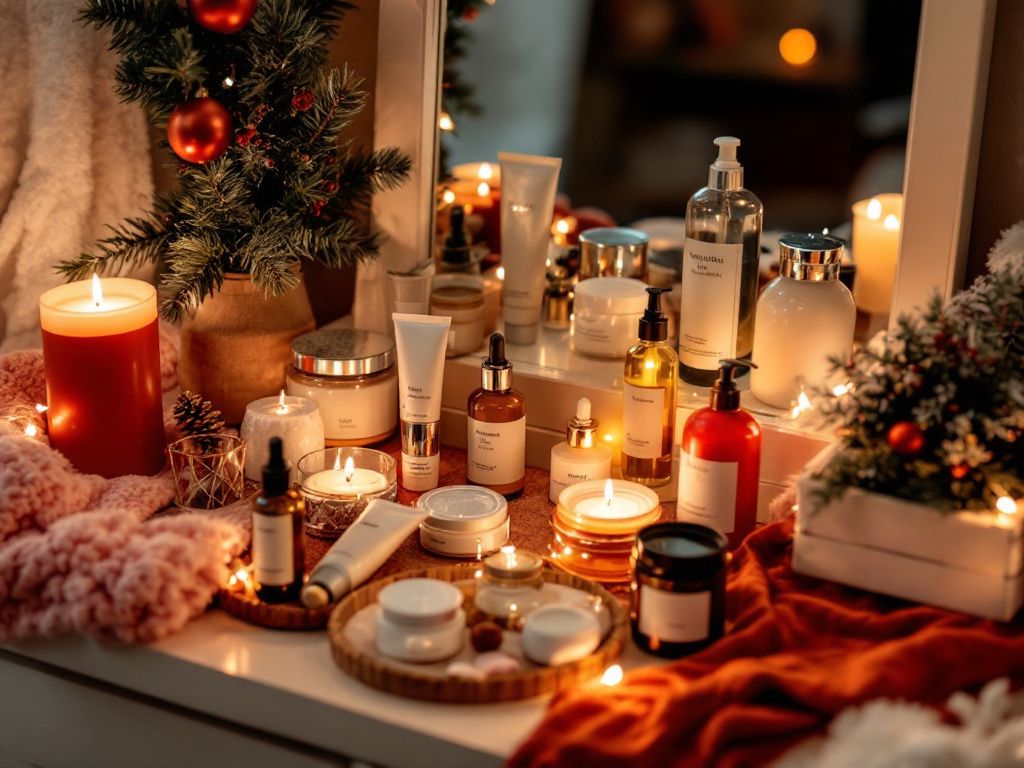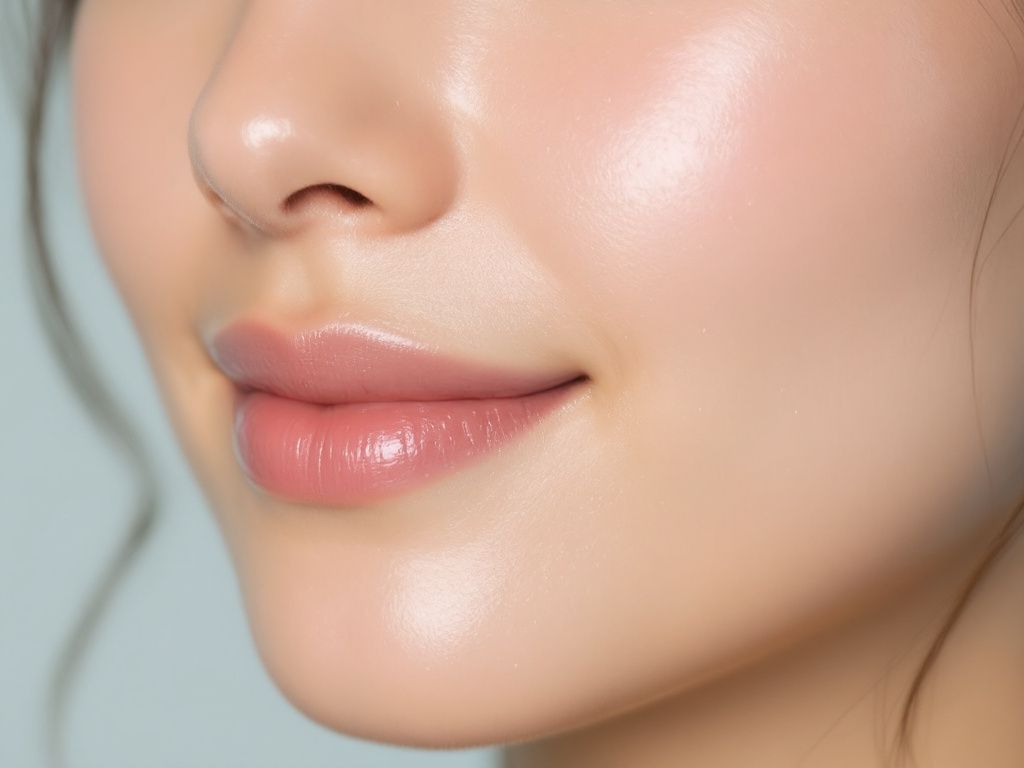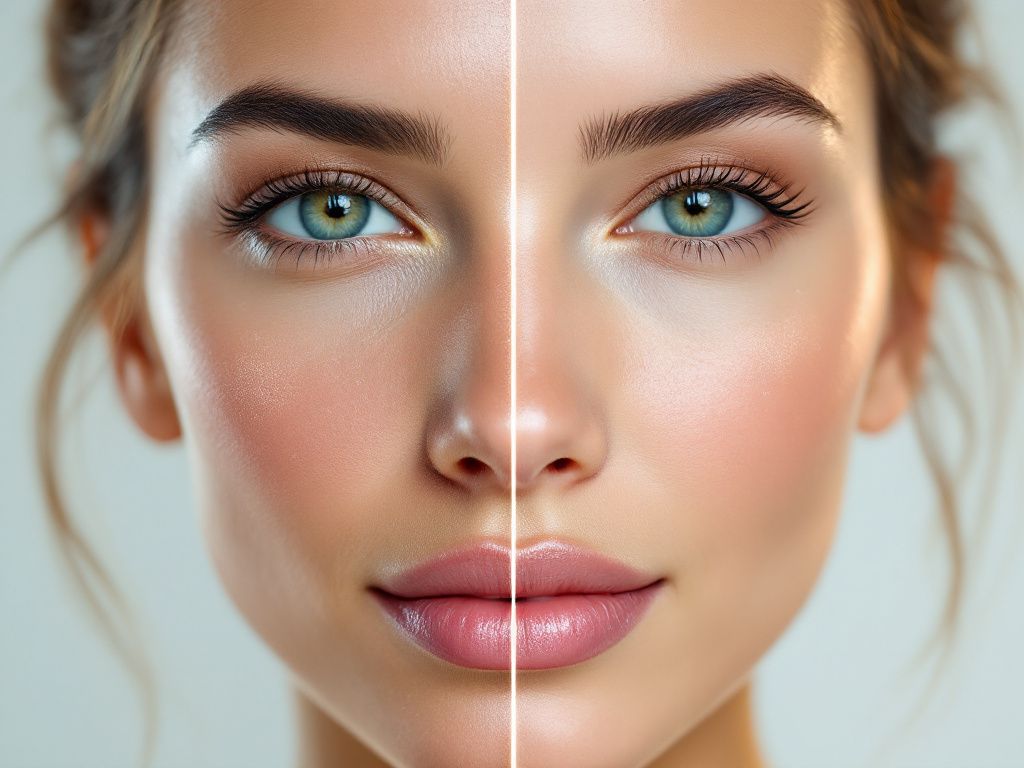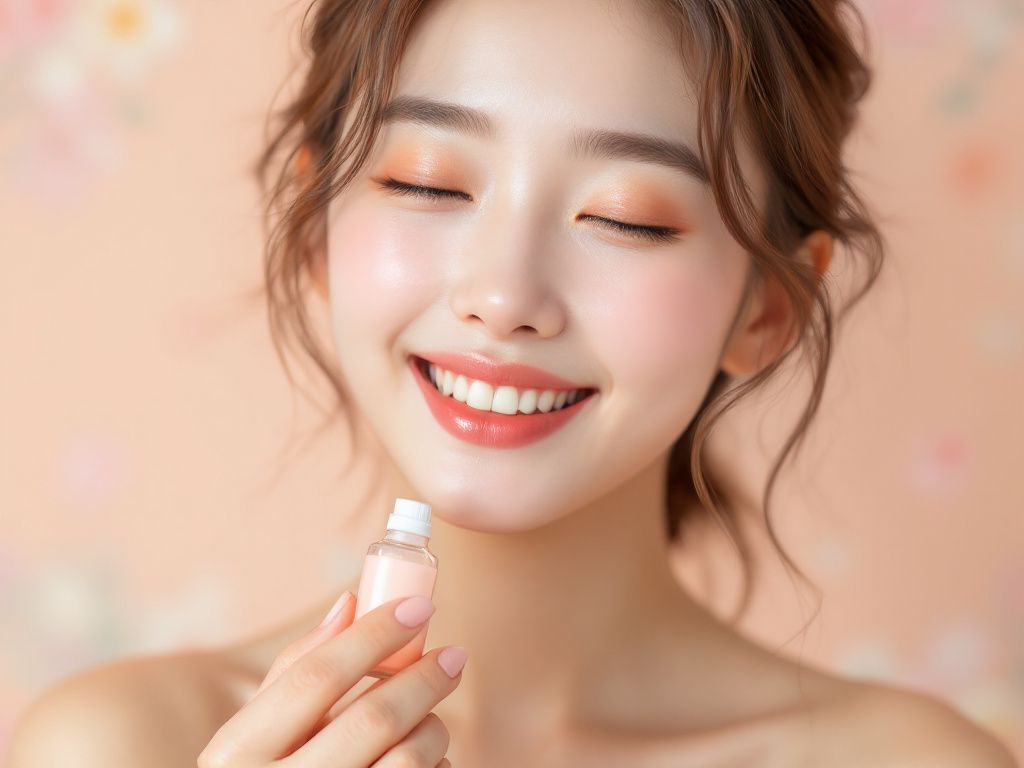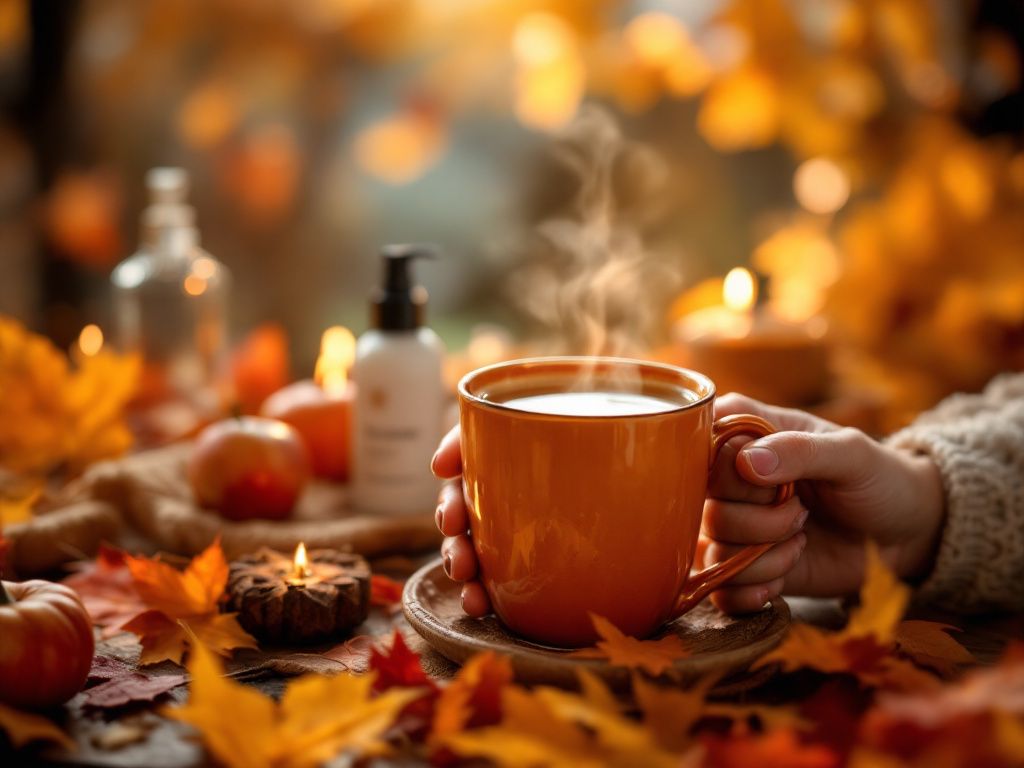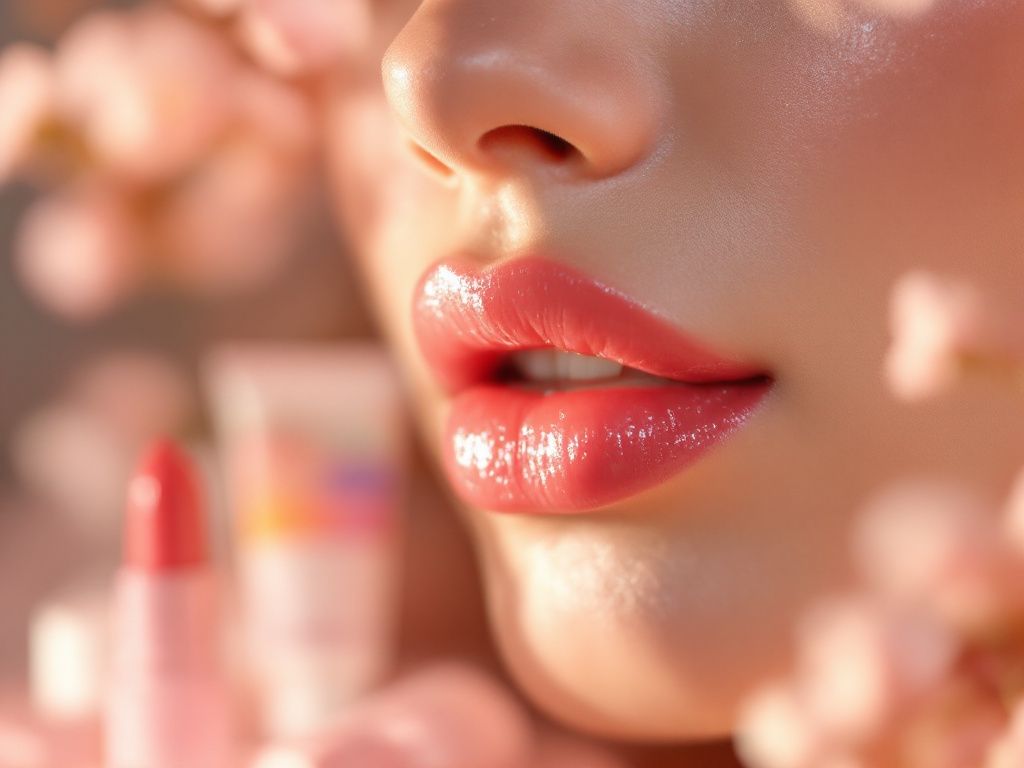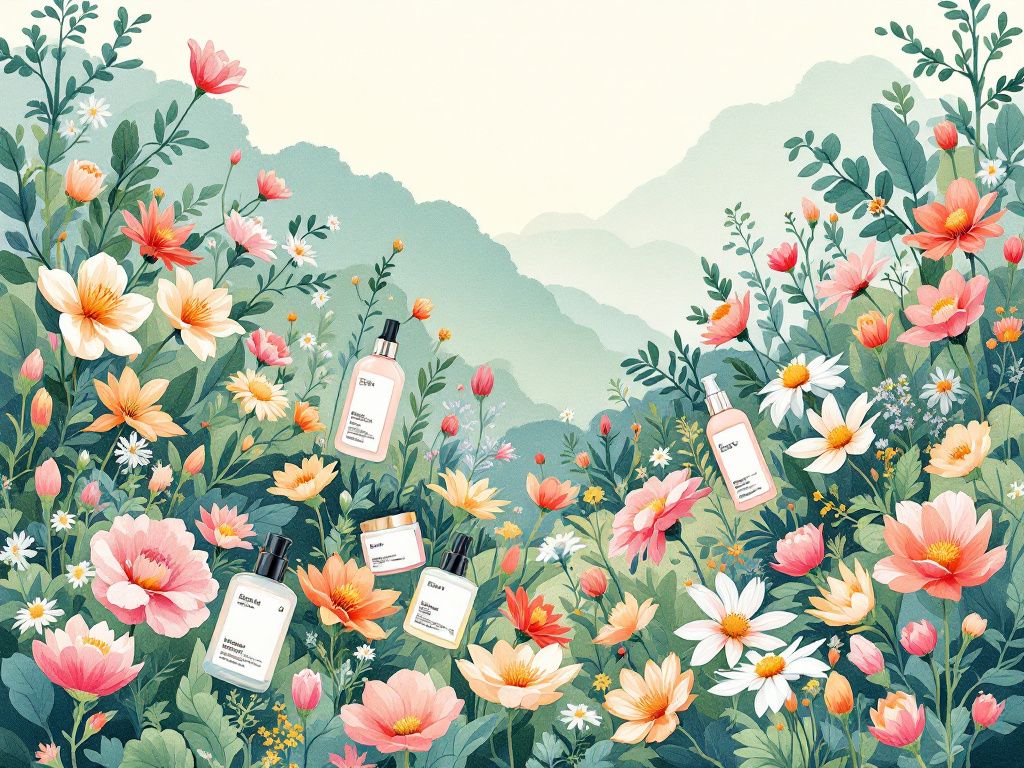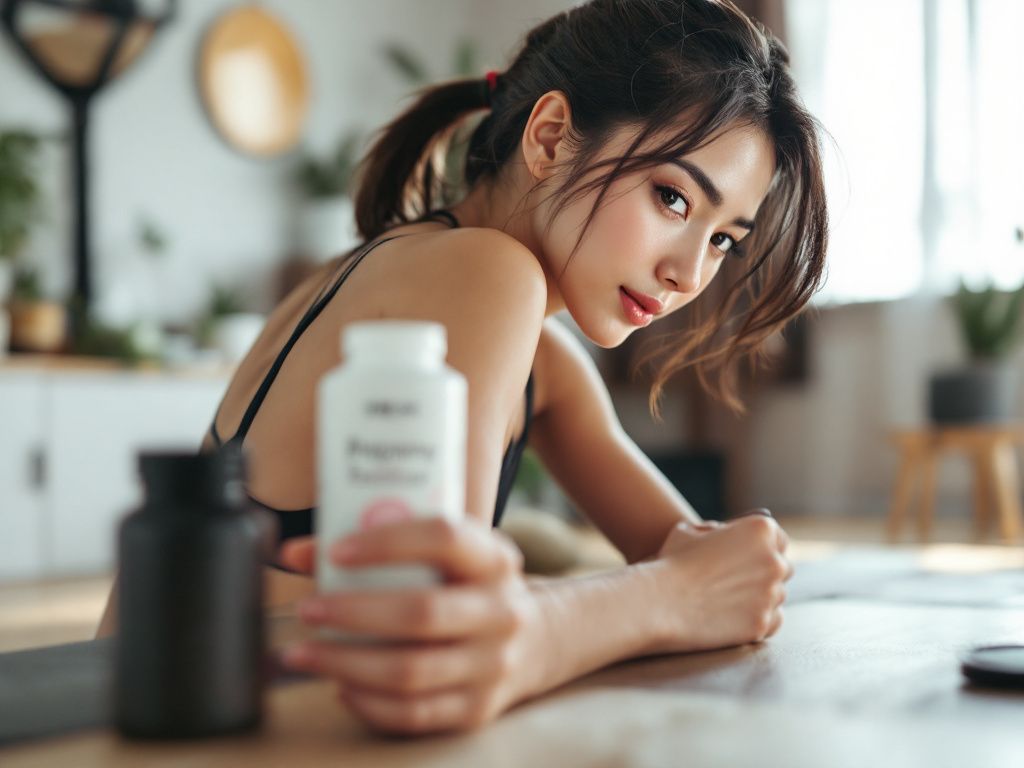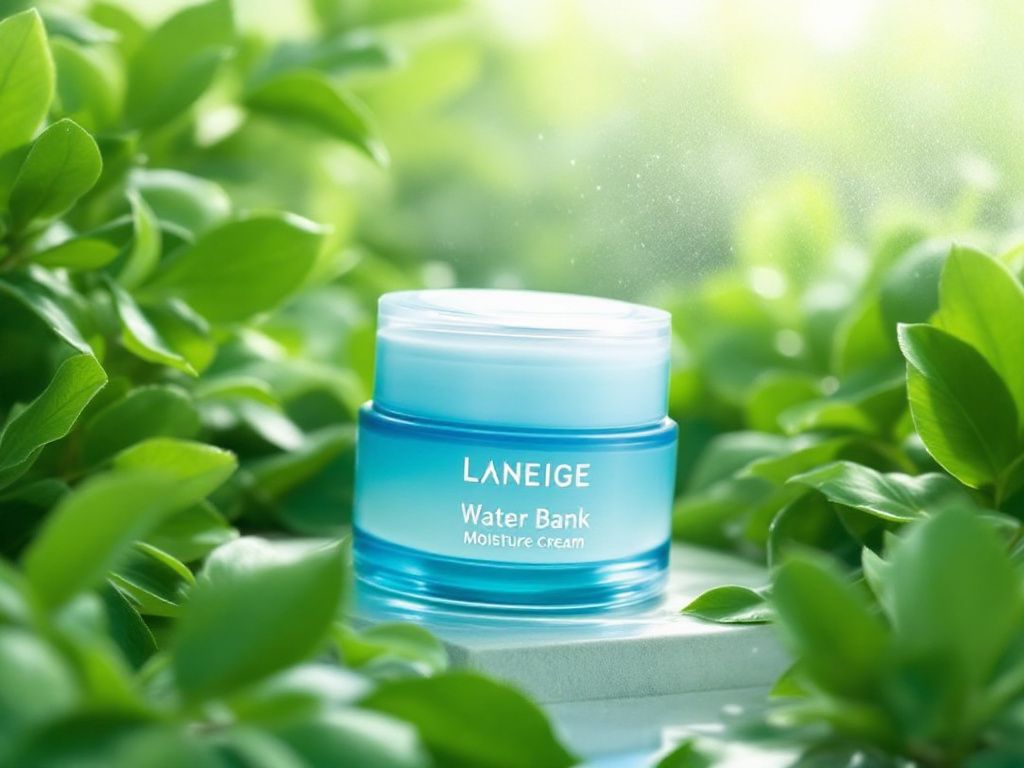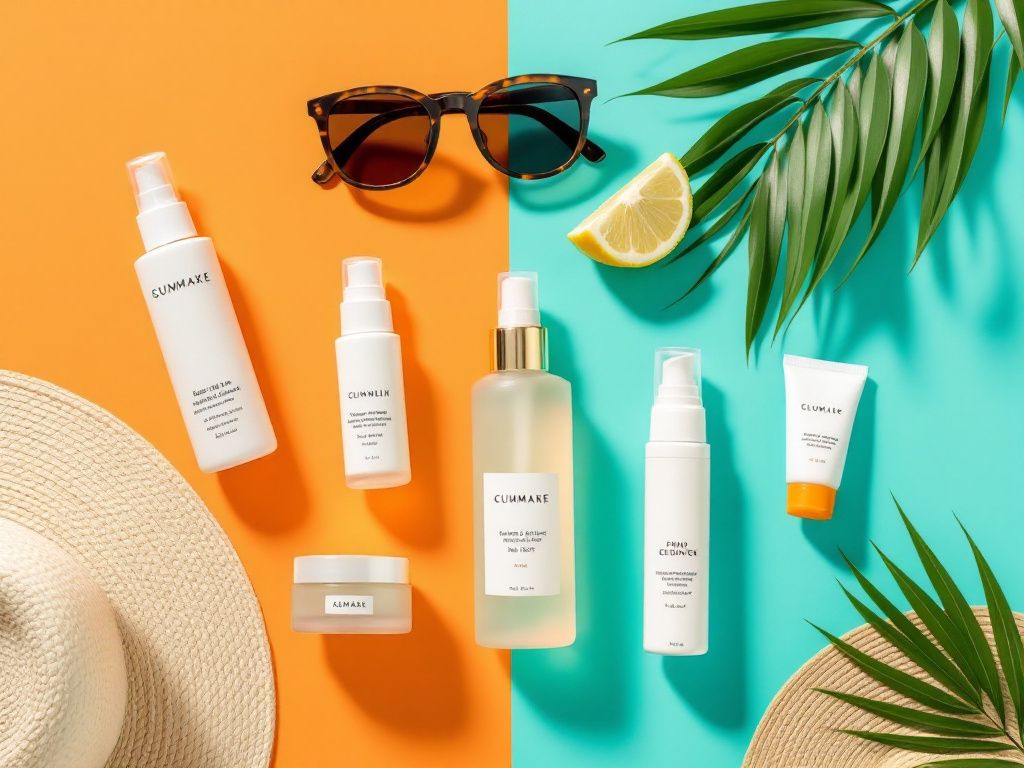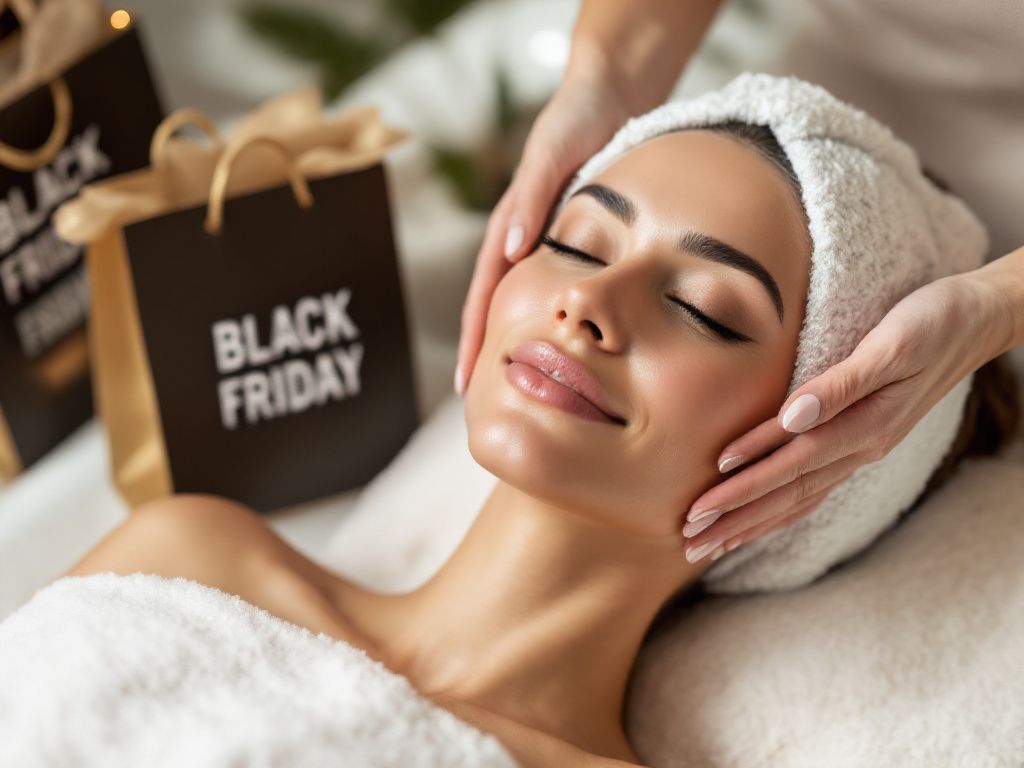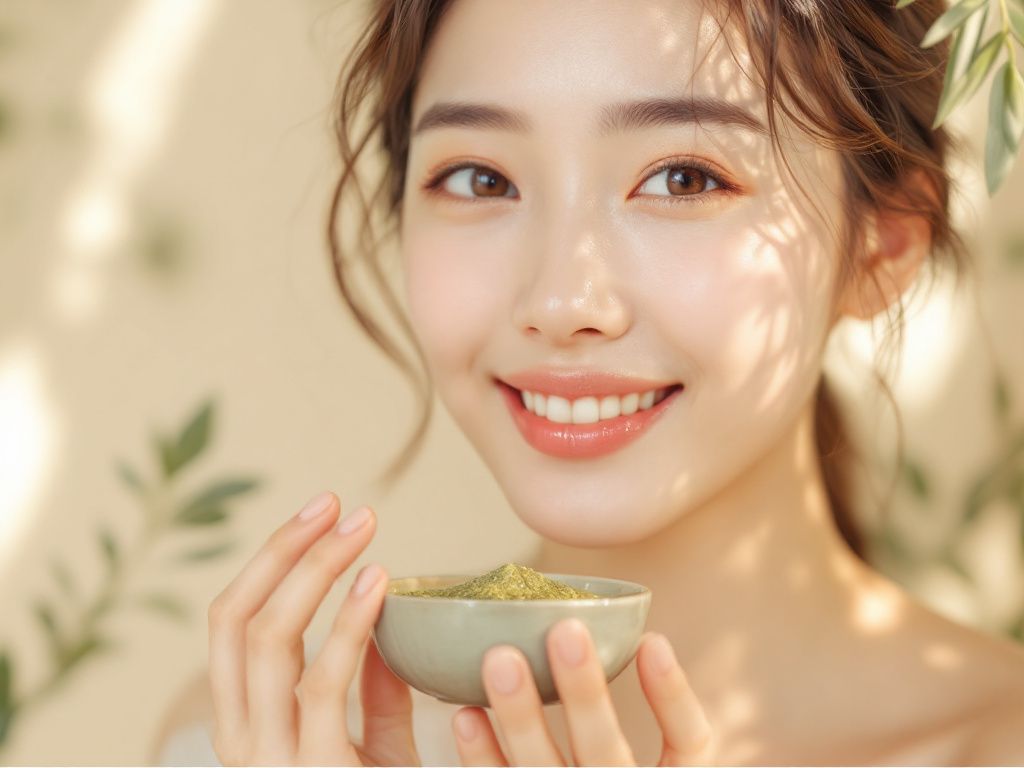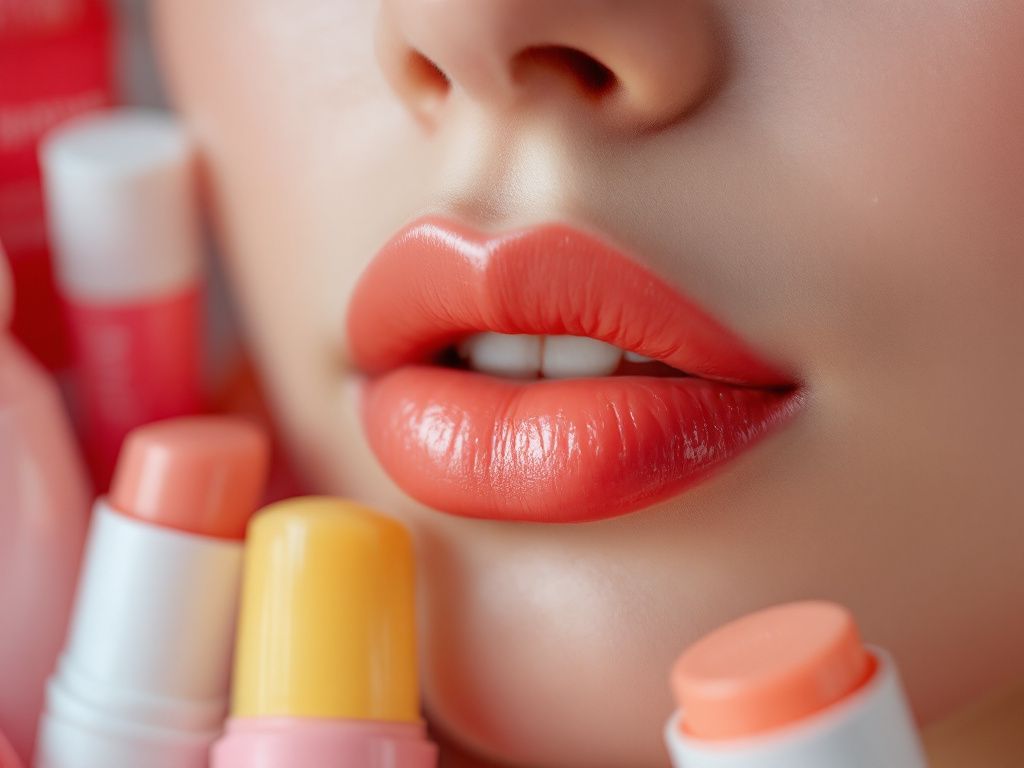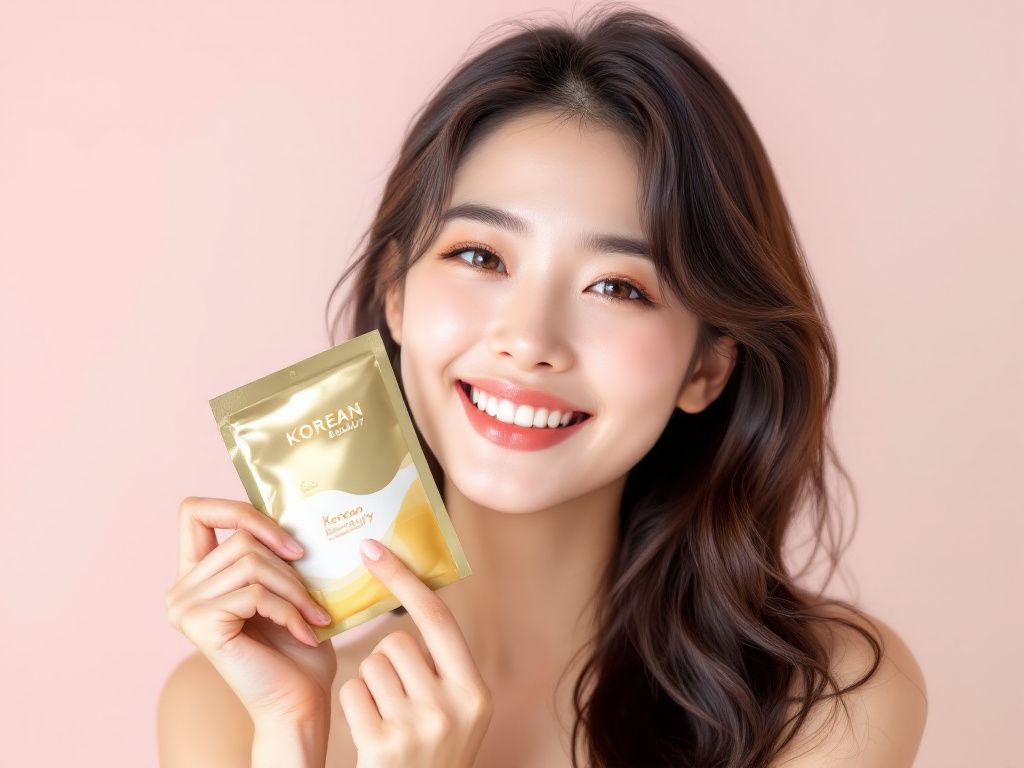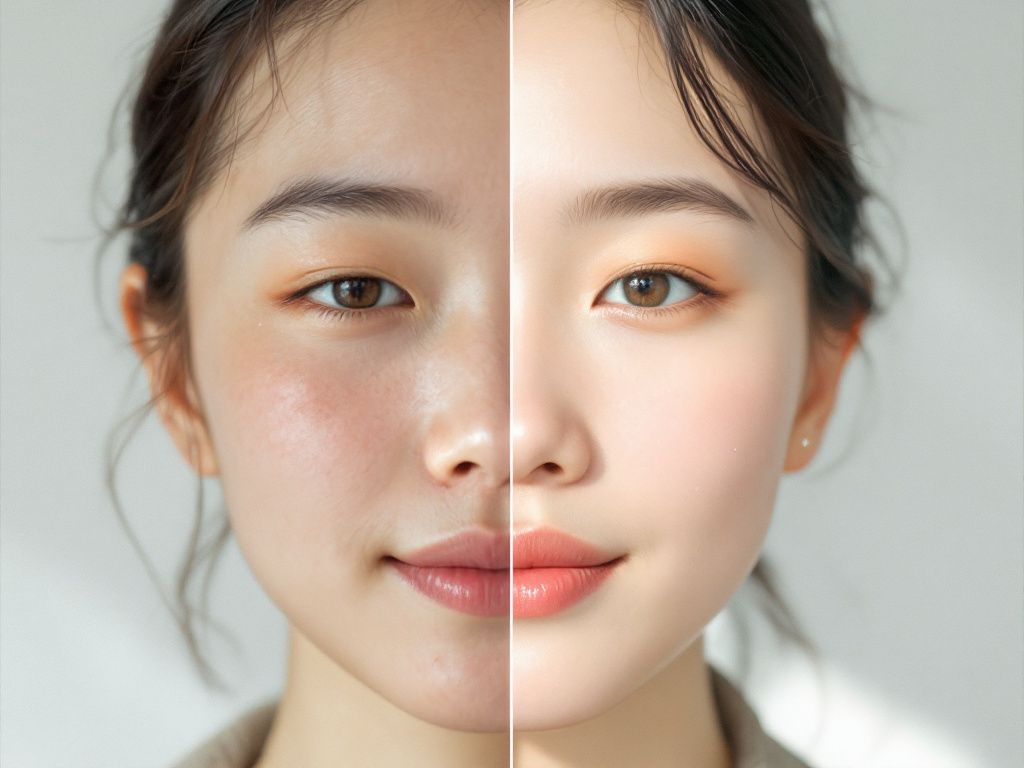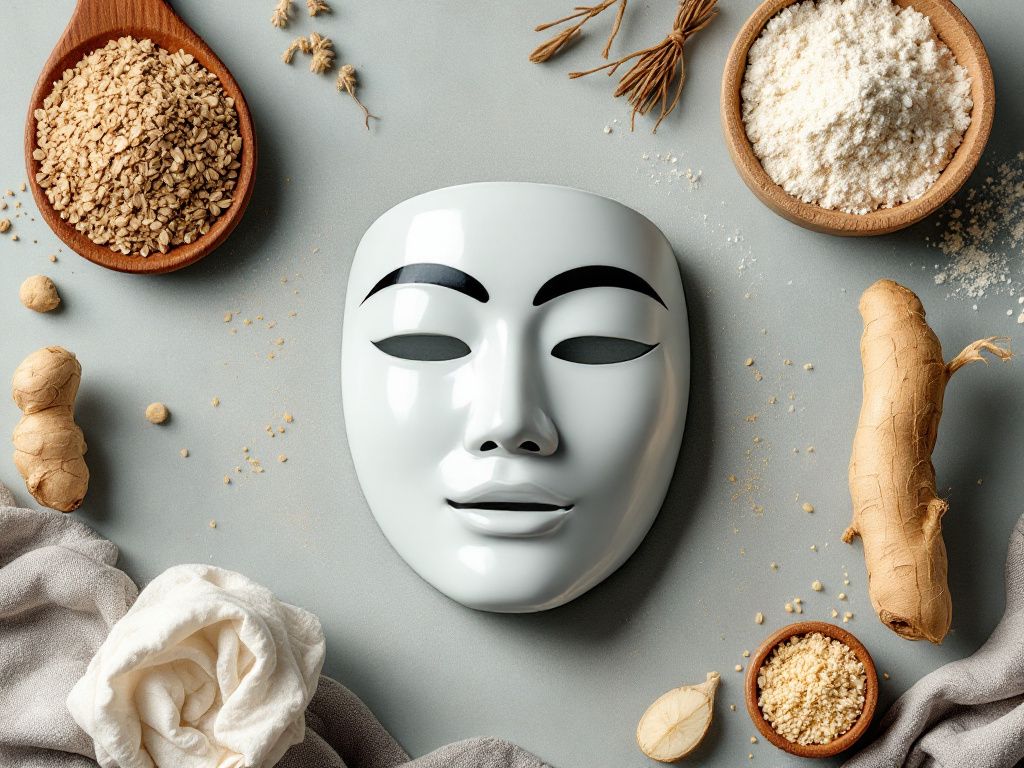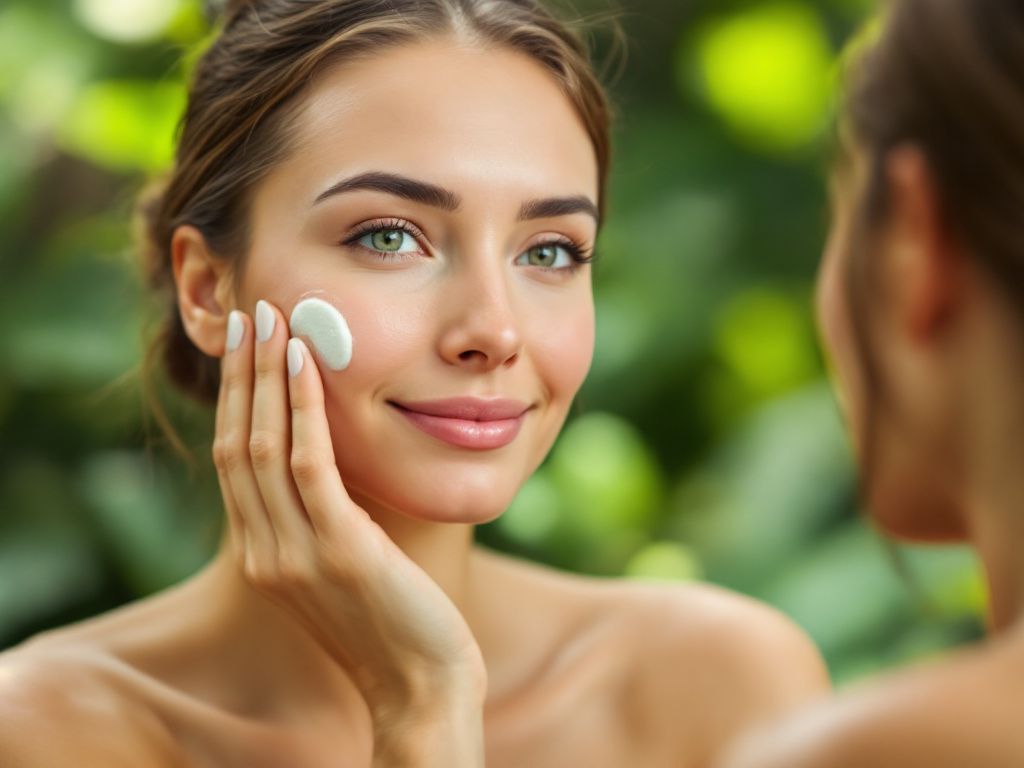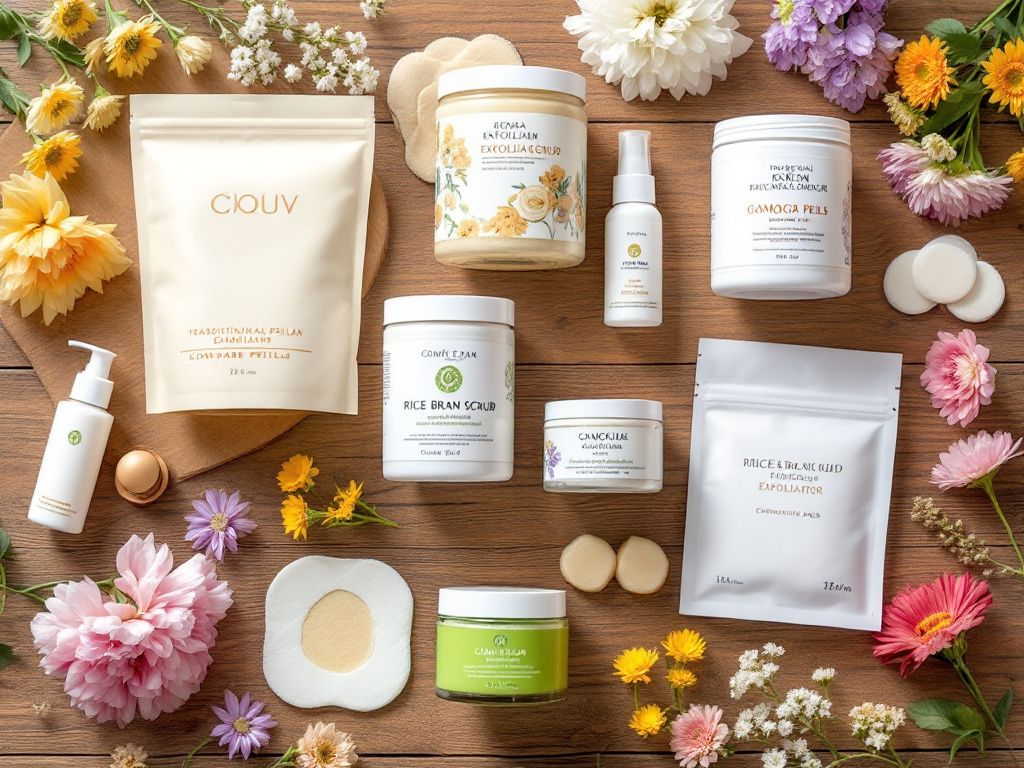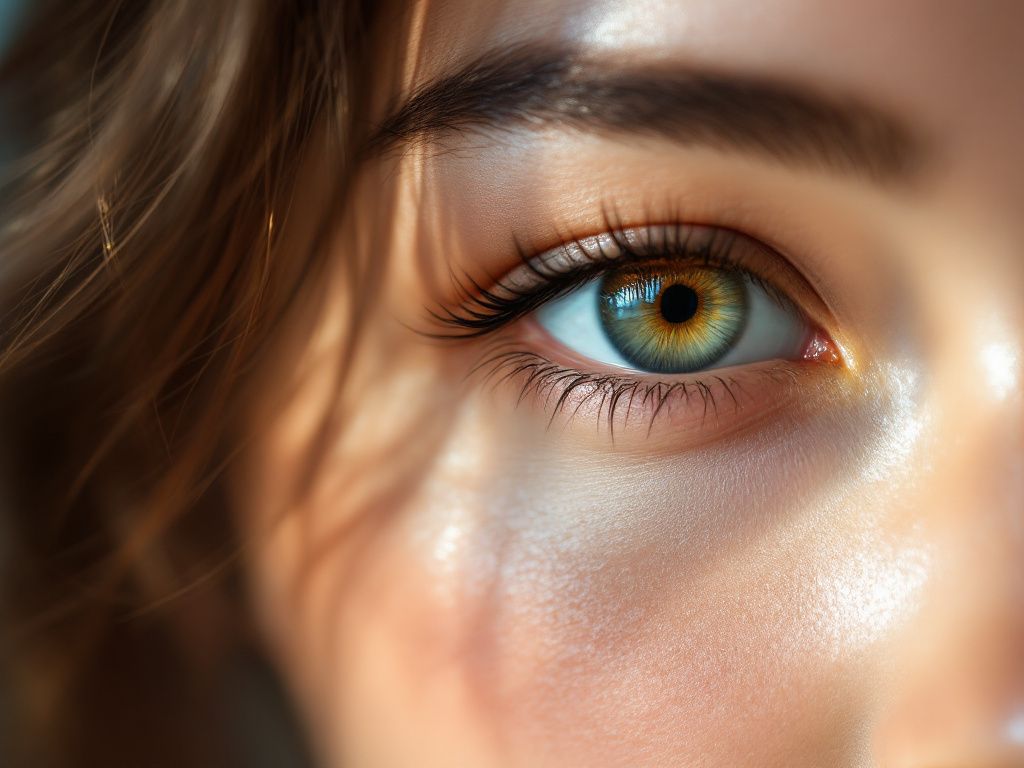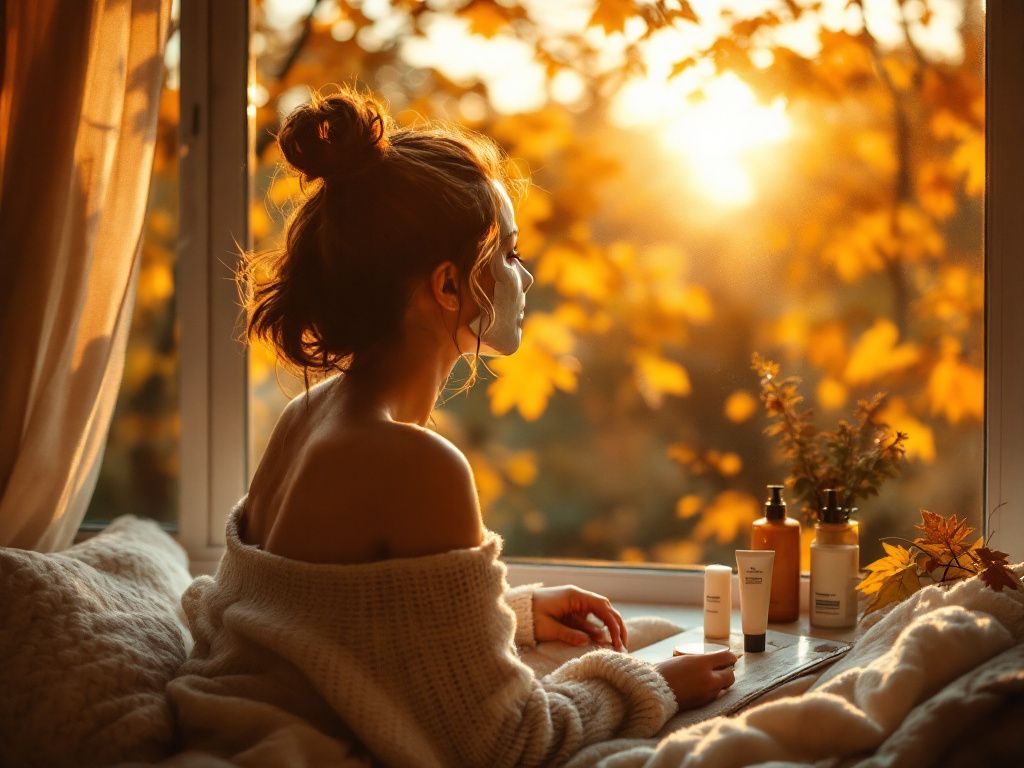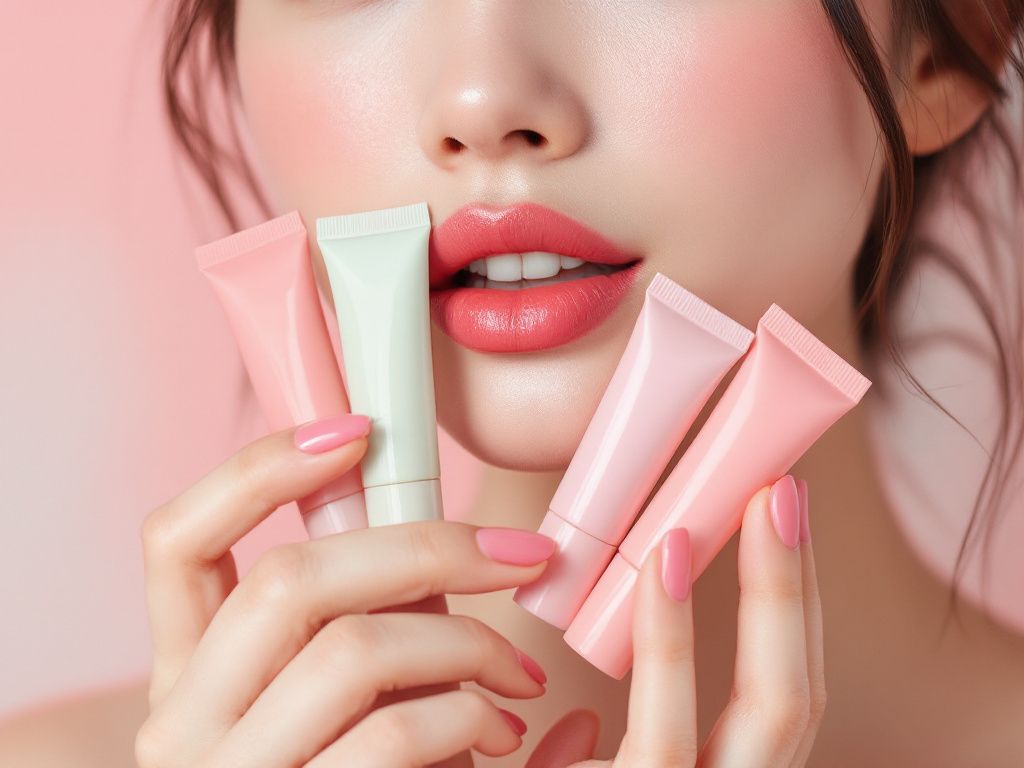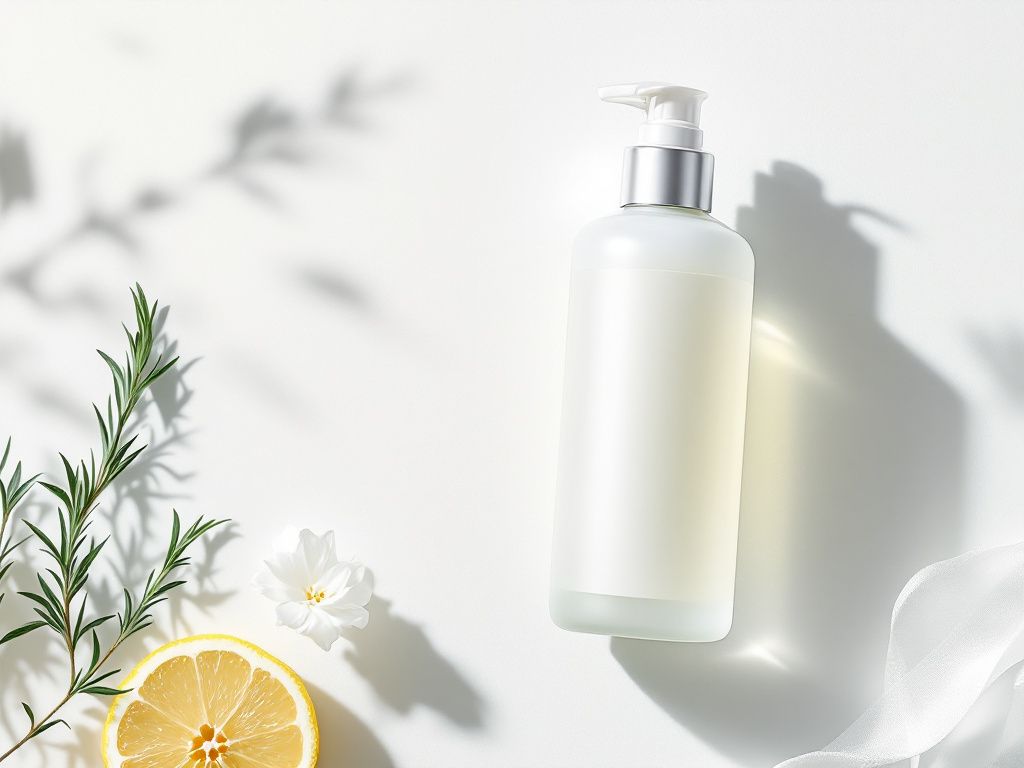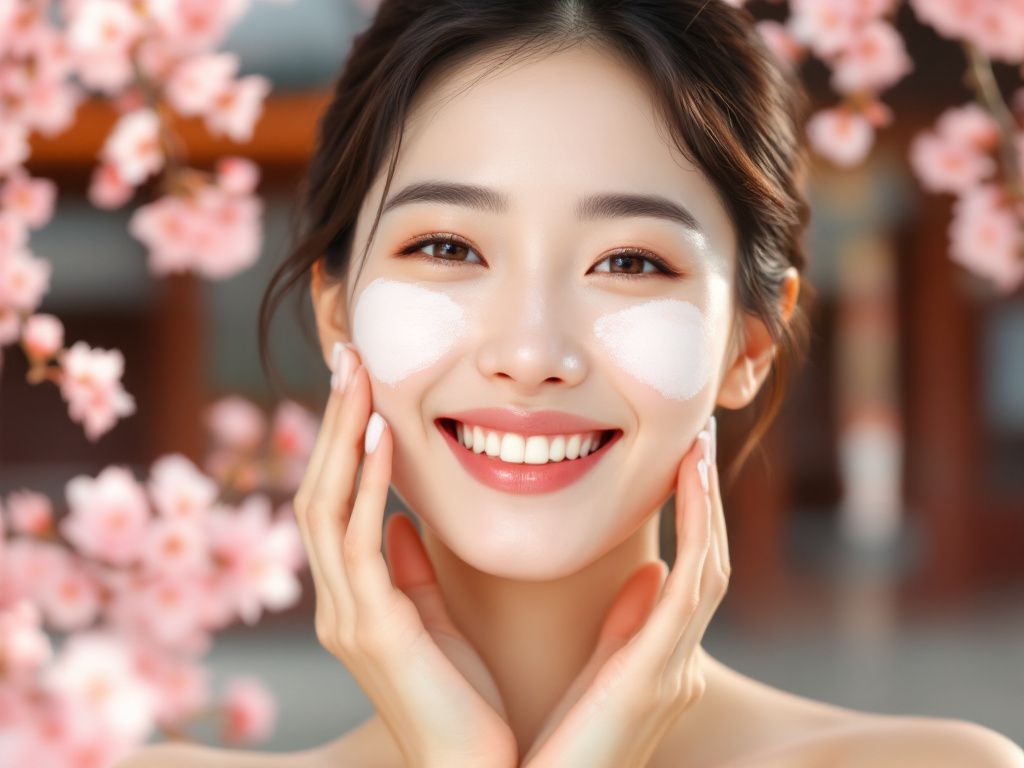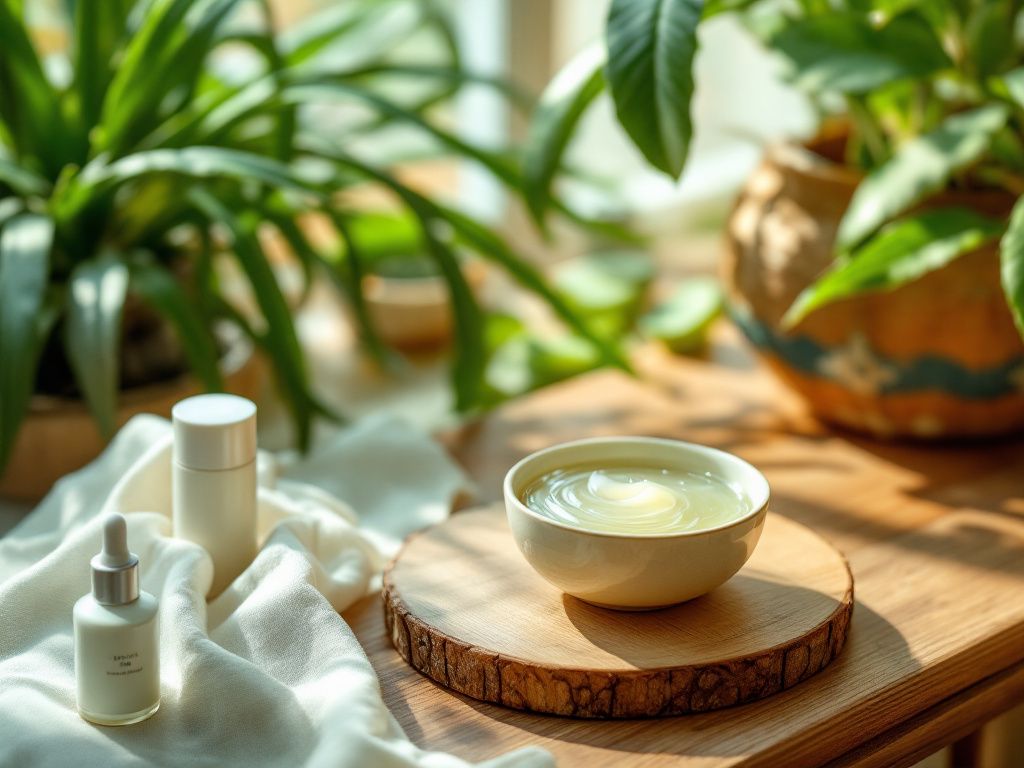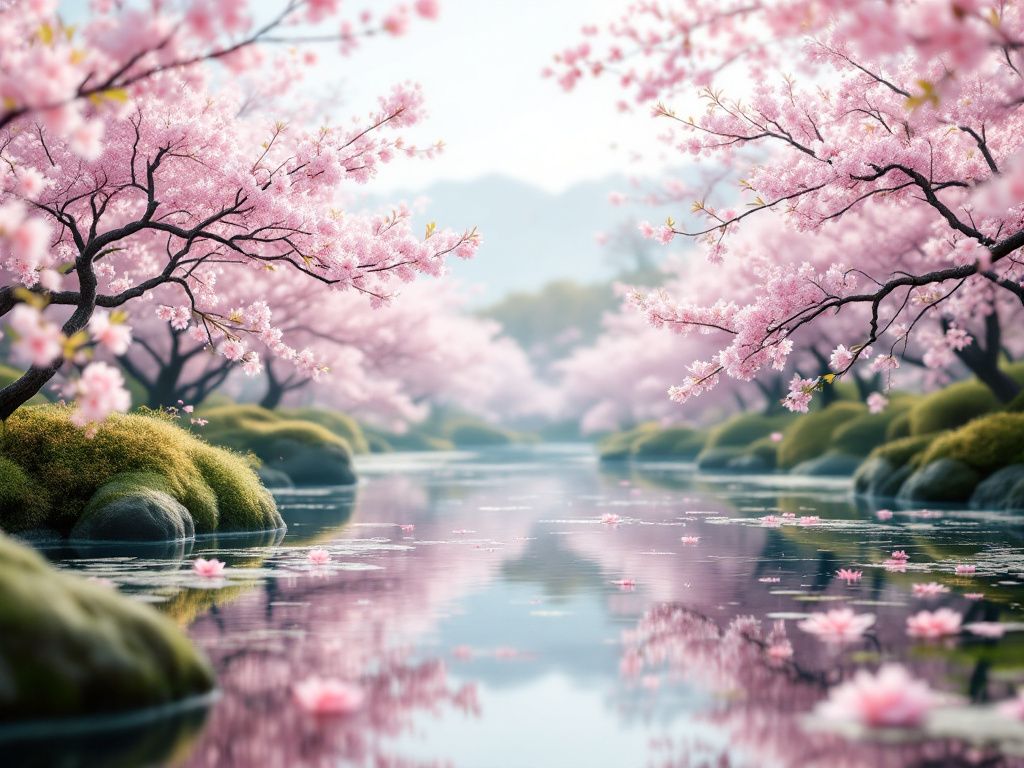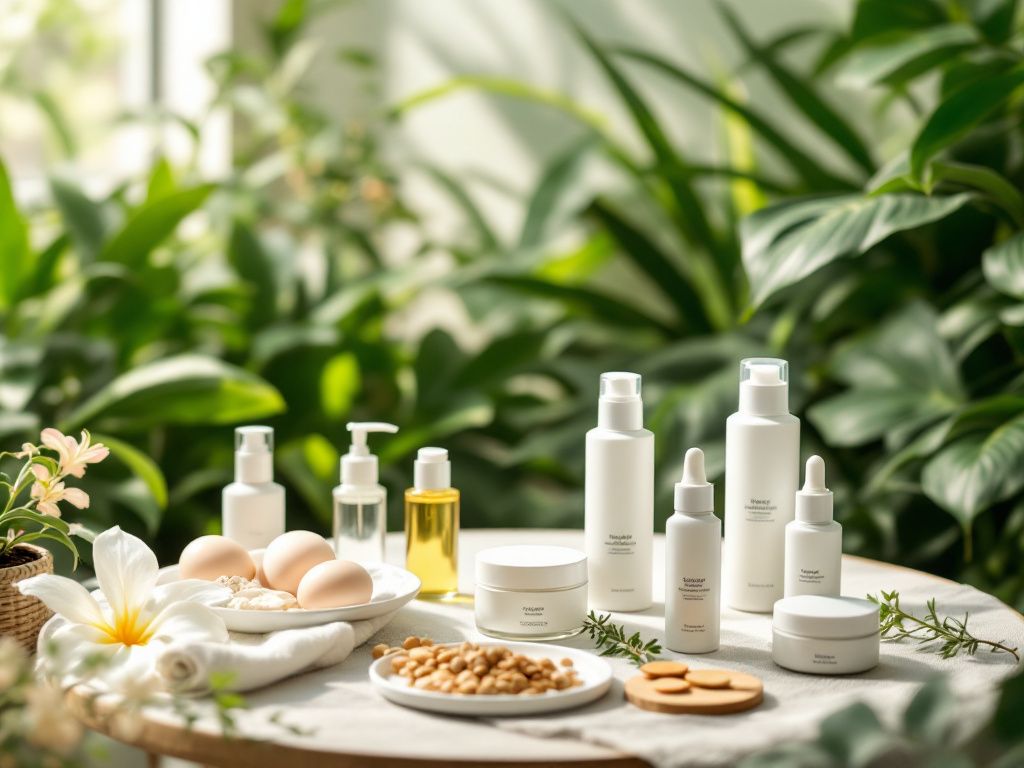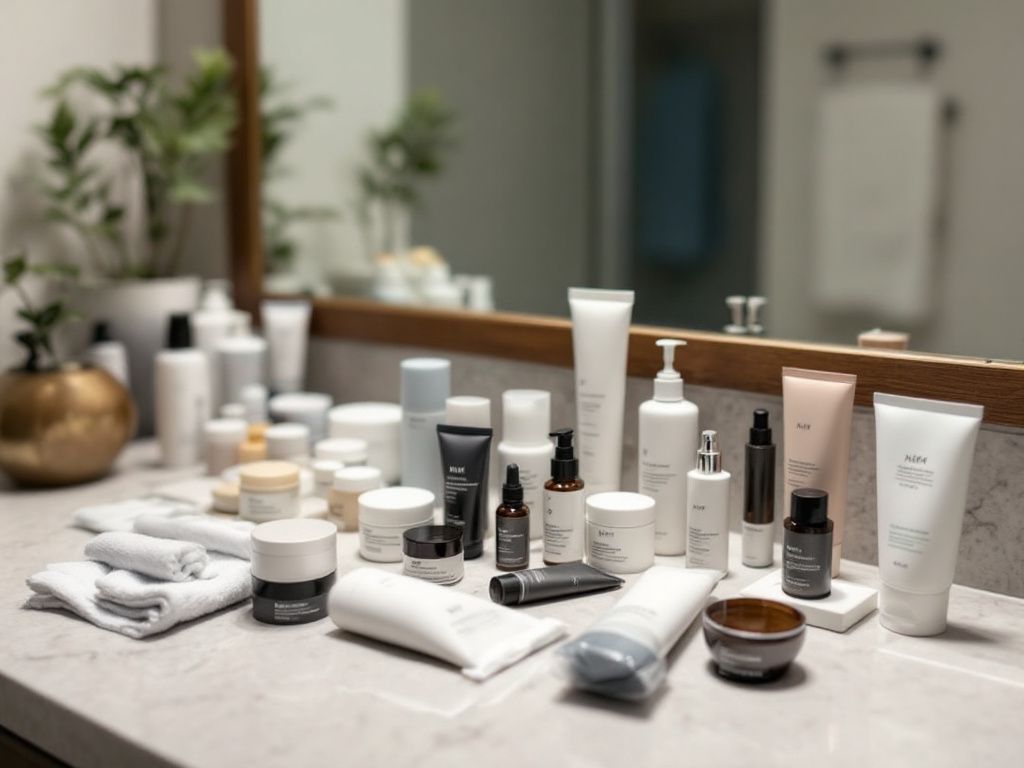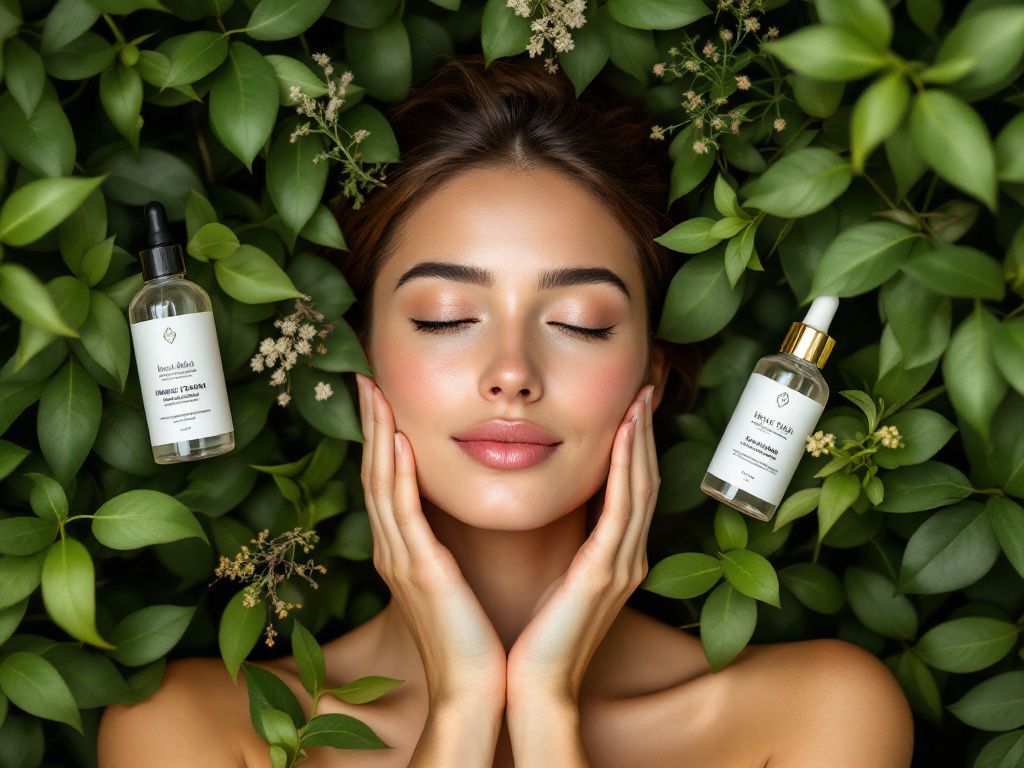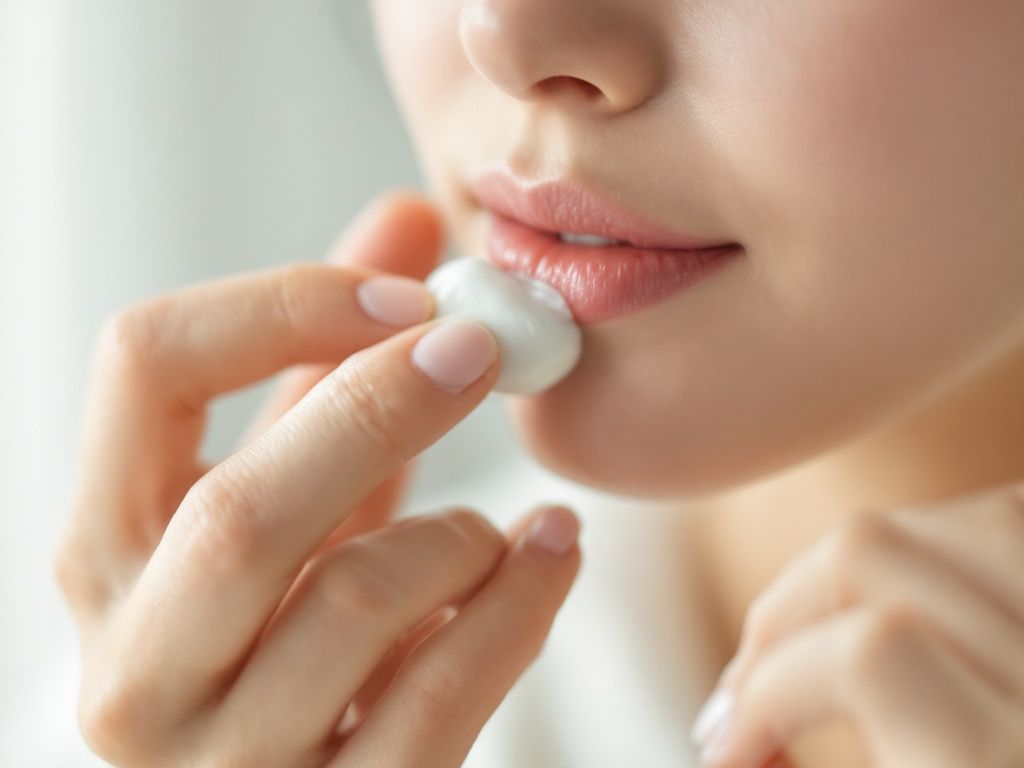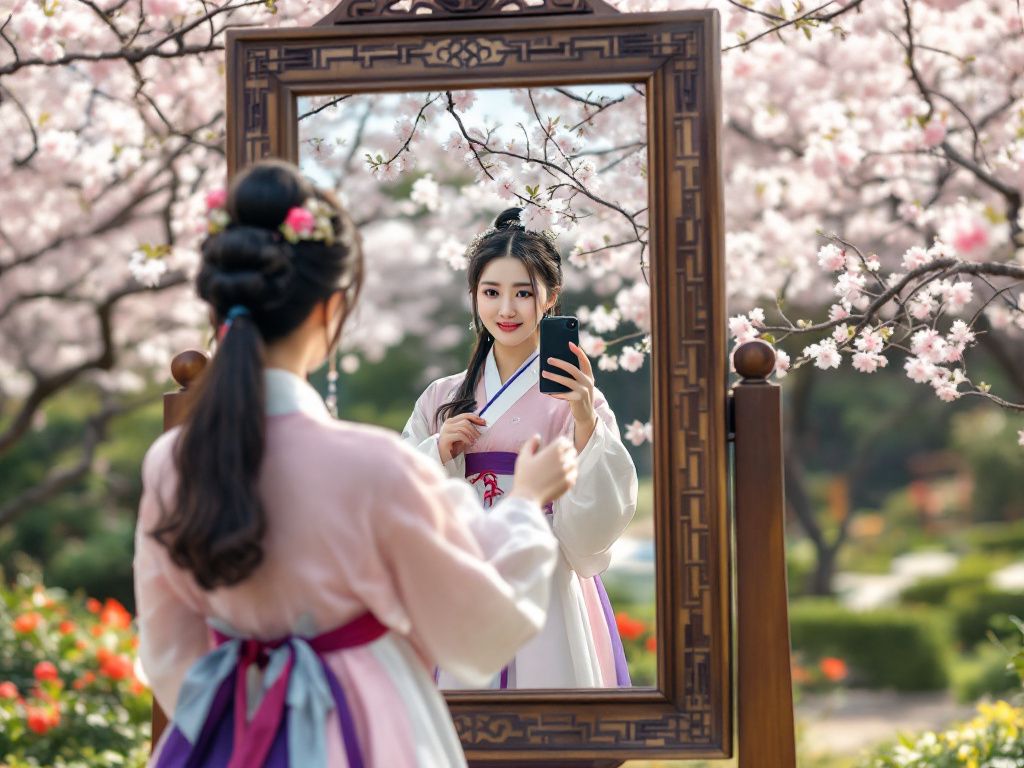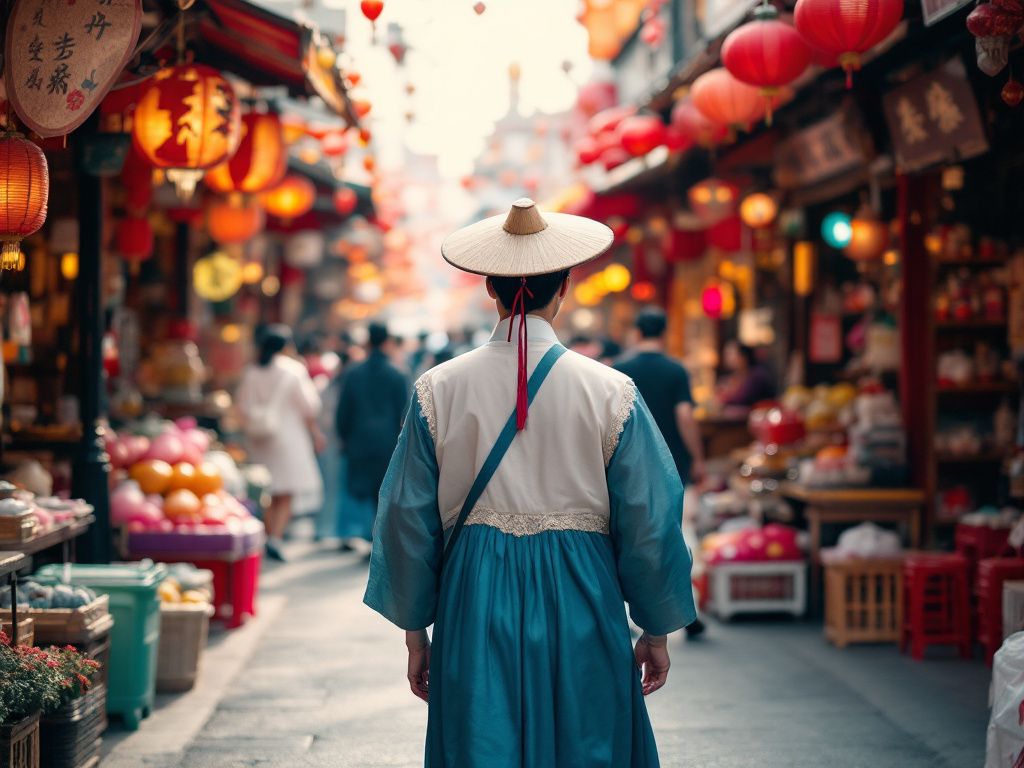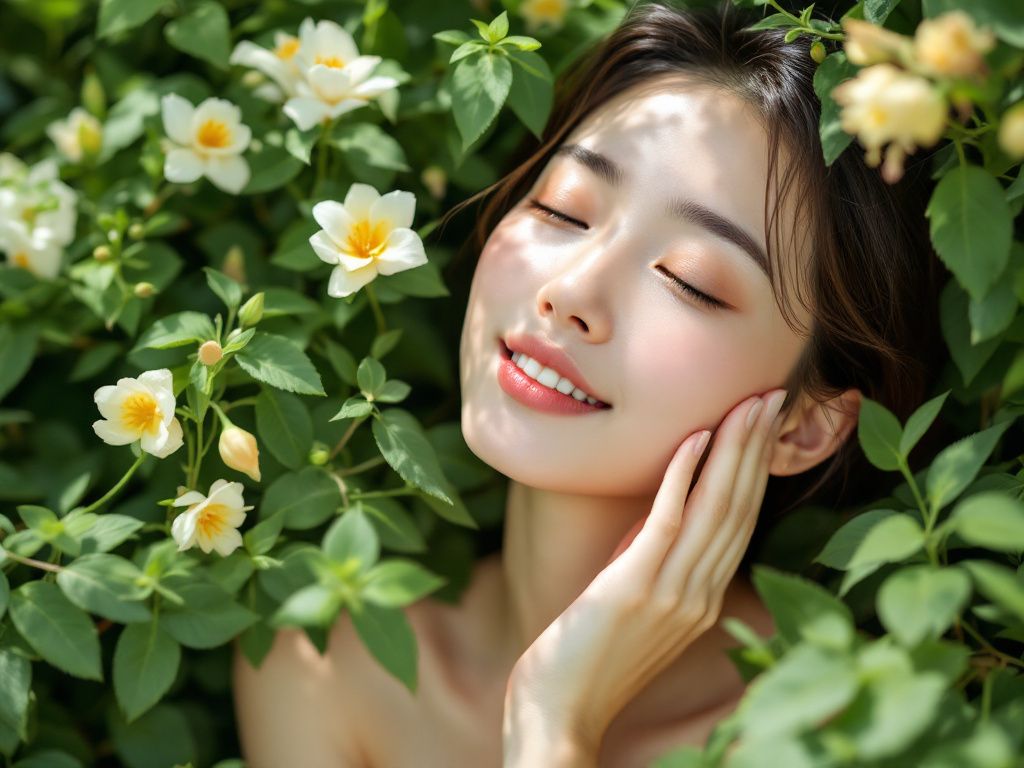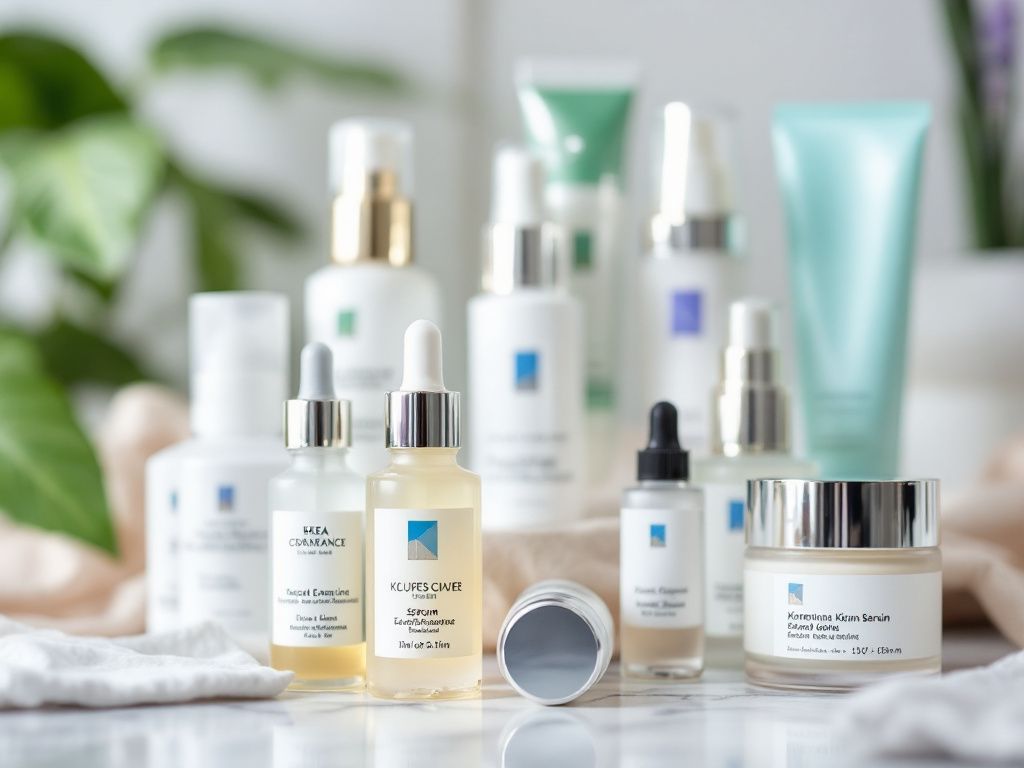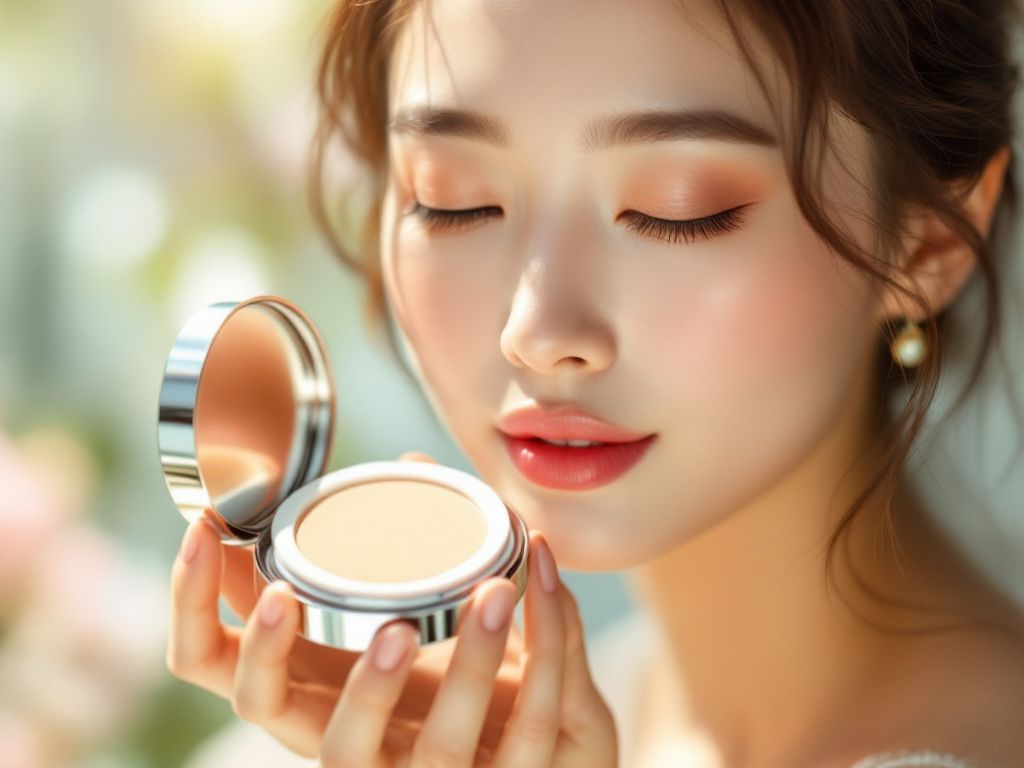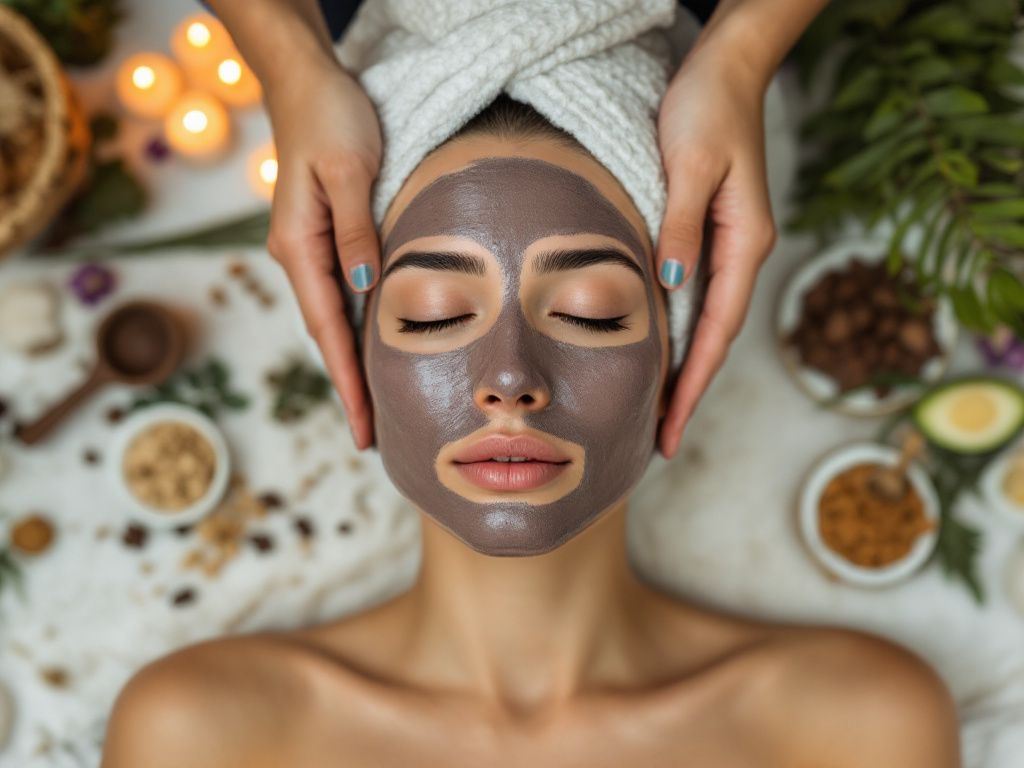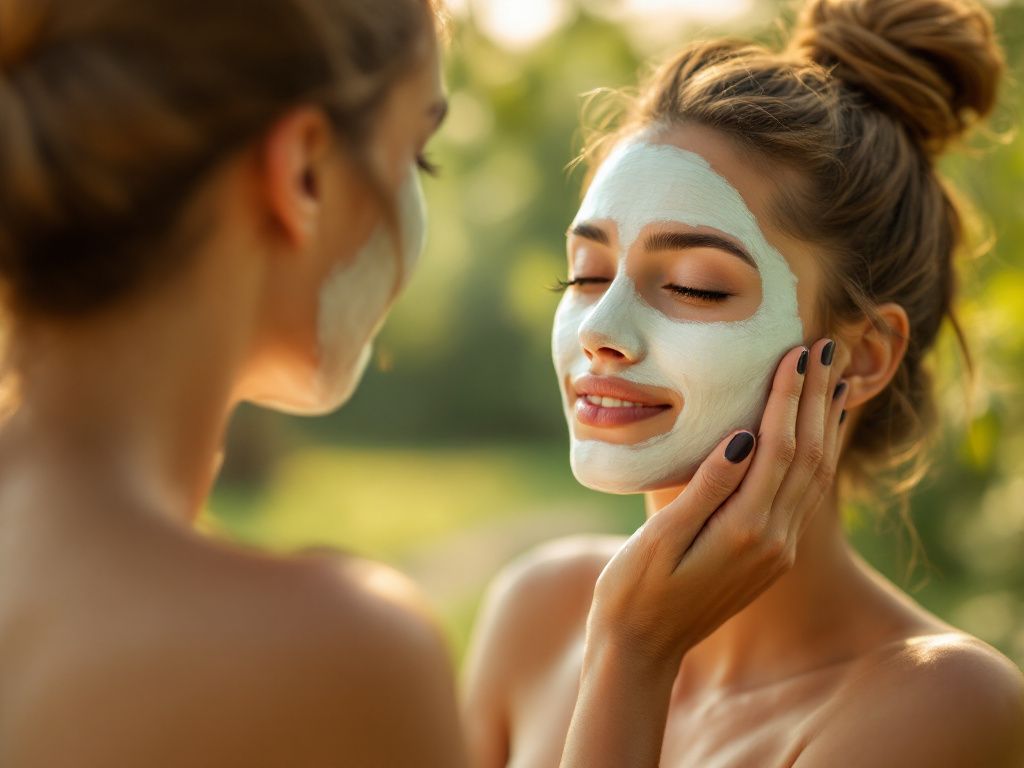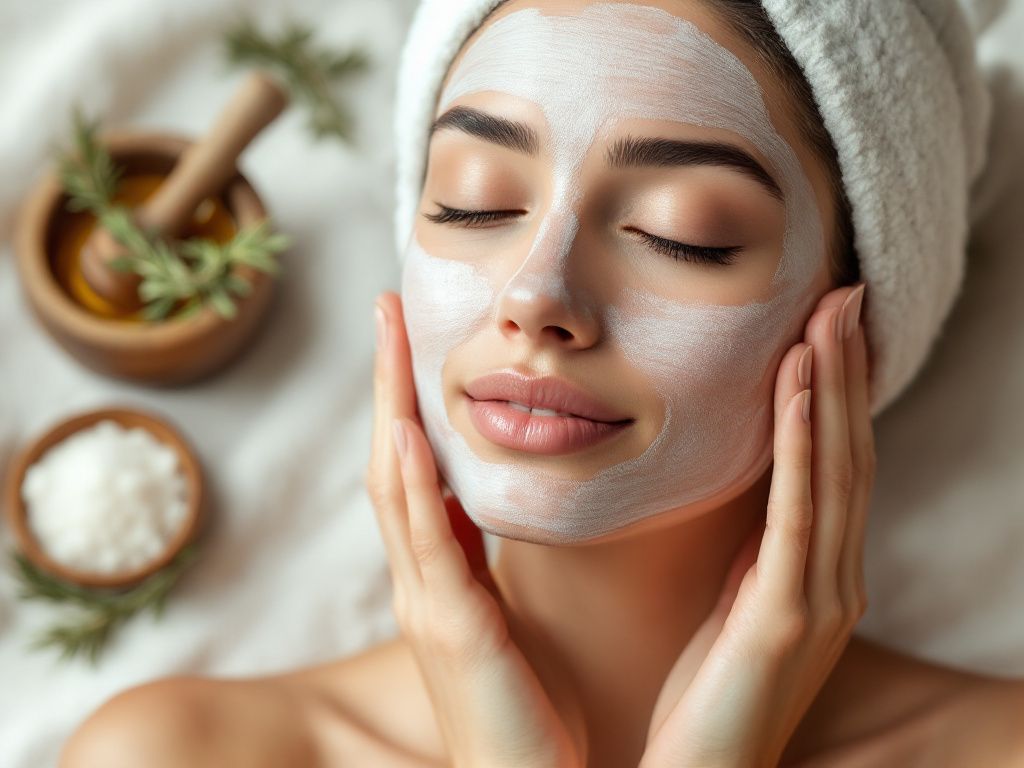Discovering the Magic of DIY Traditional Skincare Recipes

Ever looked at the back of a skincare product and felt overwhelmed by all those complicated ingredients? Yep, same here. I mean, who would’ve thought that taking care of your skin would require a chemistry degree? Not to mention, finding that perfect product can really dig deep into your wallet, right? That’s why I’ve been on this journey to explore some amazing DIY traditional skincare recipes. Trust me on this one; these are the real deal.
So, why DIY traditional skincare recipes, you ask? Well, there’s just something so satisfying about using ingredients that have been around forever. Think of it as the greatest hits of skincare—stuff your grandma might have used, or even her grandma before that. We’re talking the tried-and-true, passed-down-through-generations kind of potions. Plus, crafting these little skincare wonders in your kitchen lets you know exactly what’s going on your skin. Who doesn’t want that kind of transparency, right?
Natural Cleansers: Getting Fresh the Old-School Way
Let’s dive right in, starting with cleansers. Cleansing is essential, the first step—kind of like the opening act before the main show. A good homemade cleanser leaves you feeling super fresh, removing all the gunk without stripping away natural oils.
One stellar recipe is using chickpea flour and turmeric. Seriously underestimated little combo, those two. Just mix a tablespoon of chickpea flour with a pinch of turmeric and a bit of water to make a paste. Chickpea flour, also known as besan, acts as a natural exfoliant, while turmeric—the golden spice—has anti-inflammatory properties. Gently rub it onto your damp face, then wash it off. Bingo! Clean and simple.

Toners: Grandma Whispered, ‘Rose Water Cures All’
Toners can be a bit mysterious, can’t they? Like, what do they even do? Basically, they help return your skin’s pH balance and tighten those pores. Now, maybe you remember your grandma or aunties spritzing rose water on their faces? Turns out, they were onto something. Making rosewater is pretty chill too. Just boil some fresh rose petals in water, let it cool, and strain into a spray bottle. Boom! You’re instantly fancy.
If rose petals aren’t your thing, go for green tea—it’s another traditional tonic. Brew some green tea and once it cools, use a cotton pad to pat it on your skin. Antioxidants galore!
Exfoliators: Gentle Buff-Down by Mother Nature
Exfoliating is like polishing a stone—removing dead skin cells to reveal that buttery-smooth texture underneath. Plenty of DIY traditional skincare recipes out there, but sugar and honey remain unbeatable. Stir a tablespoon of sugar (brown or white, your pick) into some honey until you have a sandy consistency.
This mixture exfoliates while the honey seals in moisture. Seriously, after treating your skin to this ritual, you’ll likely catch yourself stealing glances in the mirror. Not because of vanity, but because your skin ends up pleasingly soft! Once in a while, pamper yourself with the granulated charm of oatmeal combined with plain yogurt for those extra sensitive skin days. No need for harsh rubbing, just gentle, circular motions.

Masks: The Go-To Skin Fixers
I could chat forever about masks. There are so many fascinating DIY traditional skincare recipes here, each catering to different needs. Got dry skin? Avocado and olive oil are your allies. Mash half an avocado, mix in a teaspoon of olive oil, then coat your face for about 10-15 minutes before washing it off. Like a salvation smoothie for your dry patches.
For oily skin, everyone’s favorite fall fruit, pumpkin, is an unexpected hero. Just mix pureed pumpkin with a dash of apple cider vinegar, and spread it evenly. It’s both enzymes and acids working harmoniously to keep oiliness in check.
Oh, and good ol’ Multani Mitti (Fuller’s Earth)? It’s a must-have! Ideal for acne-prone skin. Mix it with some rose water, and you’re all set. It’ll feel tight as it dries but give it a chance. Your skin will thank you later.
Moisturizers: Seal the Deal Naturally
Hydration station, anyone? That’s where oil-based moisturizers come into play. Coconut oil is renowned, but here’s one word: minimalism. A dab is more than enough. For those who find coconut oil too rich, try almond oil or jojoba oil. Beyond oils, an aloe vera gel solution works a charm for calming and hydrating irritated skin. Straight from the plant is best, if possible.
Incorporating a blender-batched blend of cucumbers and aloe vera can serve as a lightweight daily moisturizer—refreshing and cooling, particularly under the sun.

A Little Note on Consistency and Lifestyle
Sizeable tip—and it’s totally free: Consistency matters so much! Kind of like how you can’t hit the guitar once and expect to master it. Same with skincare routines—it requires patience. Try each DIY traditional skincare recipe for at least a few weeks before switching things around.
Also, drink water! You’ve heard it a bajillion times but truly, it’s the backbone of all skin-related journeys. Having a chilled-out life’s important too. Stress shows up on your skin, kind of a party-spoiler. Relax, even if it’s just losing yourself to 10 minutes of watching cat videos. Whatever winds you down.
Ingredients Table: Here’s a little cheat sheet of the basic ingredients and what they’re believed to bring to the table:
| Ingredients | Purpose |
|---|---|
| Chickpea Flour | Exfoliation, oil absorption |
| Turmeric | Anti-inflammatory, antiseptic |
| Rose | Hydration, restoring pH balance |
| Sugar | Exfoliation |
| Honey | Moisturizing, antibacterial |
| Avocado | Nutrient-rich hydration, soothing |
| Olive Oil | Deep hydration |
| Pumpkin | Exfoliation, enzyme enrichment |
| Multani Mitti | Oil control, tightening pores |
| Coconut Oil | Deep hydration, smoothing |
| Almond Oil | Lightweight hydration, vitamin-rich |
| Aloe Vera | Hydration, soothing |
So, DIY traditional skincare recipes are more than just mixing a bit of this with a pinch of that. It’s reestablishing a connection to the roots of skincare while managing the sense of control back into your hands. Try splattering around with different ingredients, experimenting as you go. After all, personal care isn’t a one-size-fits-all choice—even sometimes your skin might just want to go rogue from routines. But remember, this isn’t just about looking radiant, it’s about feeling luxurious in your skin without the stress. Give these setups a whirl and emerge refreshed—as if your skin just took a little joyful stroll back in time!
FAQ
Q1: What are the benefits of using DIY traditional skincare recipes?
A1: Using DIY traditional skincare recipes can provide several benefits, including cost-effectiveness, the use of natural and organic ingredients, customization to individual skin types, and the avoidance of harsh chemicals found in commercial products.
Q2: Which natural ingredients are commonly used in DIY traditional skincare recipes?
A2: Common natural ingredients include coconut oil, honey, yogurt, oatmeal, green tea, apple cider vinegar, and various essential oils like lavender and rosemary. These ingredients offer various benefits such as hydration, exfoliation, and anti-aging properties.
Q3: How can I customize DIY traditional skincare recipes for my skin type?
A3: Customizing DIY skincare recipes involves selecting ingredients that are suitable for your skin type. For example, if you have dry skin, you might use more hydrating ingredients like shea butter and coconut oil. For oily skin, lighter ingredients such as green tea and oatmeal might be more appropriate.
Q4: Are DIY traditional skincare recipes safe to use?
A4: Generally, DIY traditional skincare recipes are safe when using natural and organic ingredients. However, it is important to perform a patch test before applying any new skincare product to ensure you do not have any allergic reactions. Also, be sure to follow proper hygiene and preparation methods to avoid contamination.









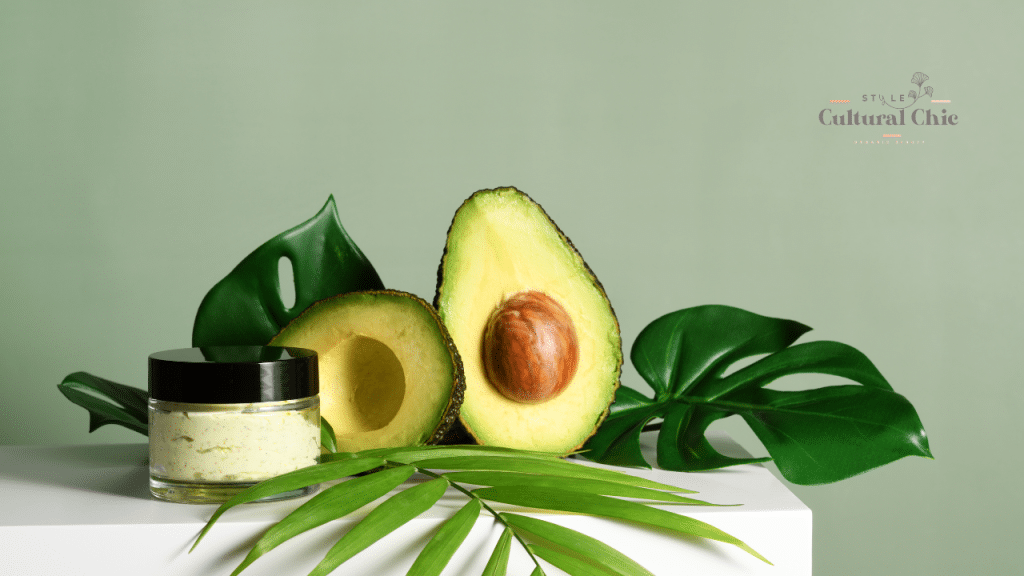



![Scandinavian Skincare Secrets [Revealed]](https://culturalchicstyles.com/wp-content/uploads/2025/06/10x-Blogs-2-2025-06-18T113546.586-1024x576.png)

![[Beginner's Guide] Must-Have Korean Beauty Products](https://culturalchicstyles.com/wp-content/uploads/2025/06/10x-Blogs-2-2025-06-16T185259.533-1024x576.png)





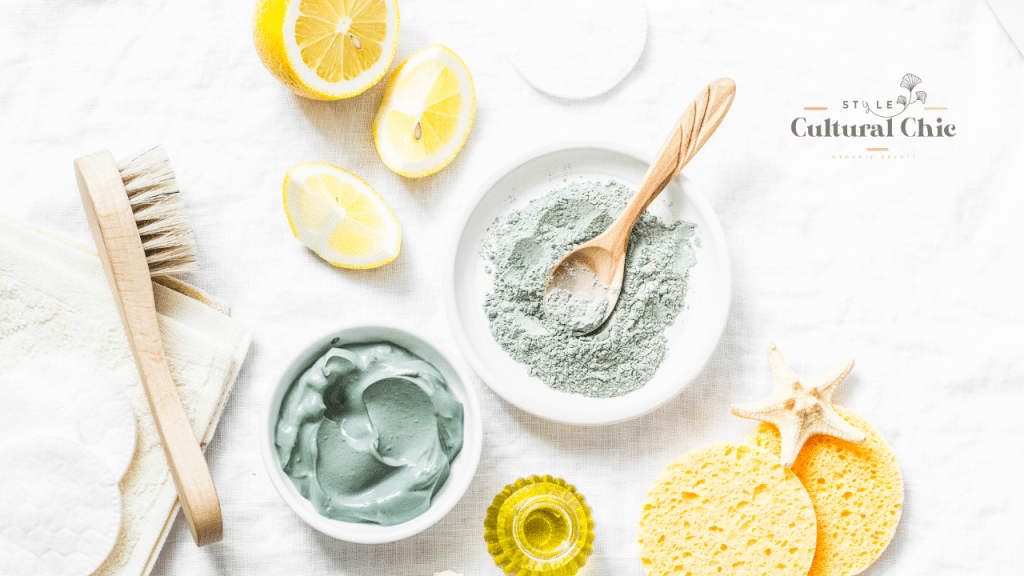
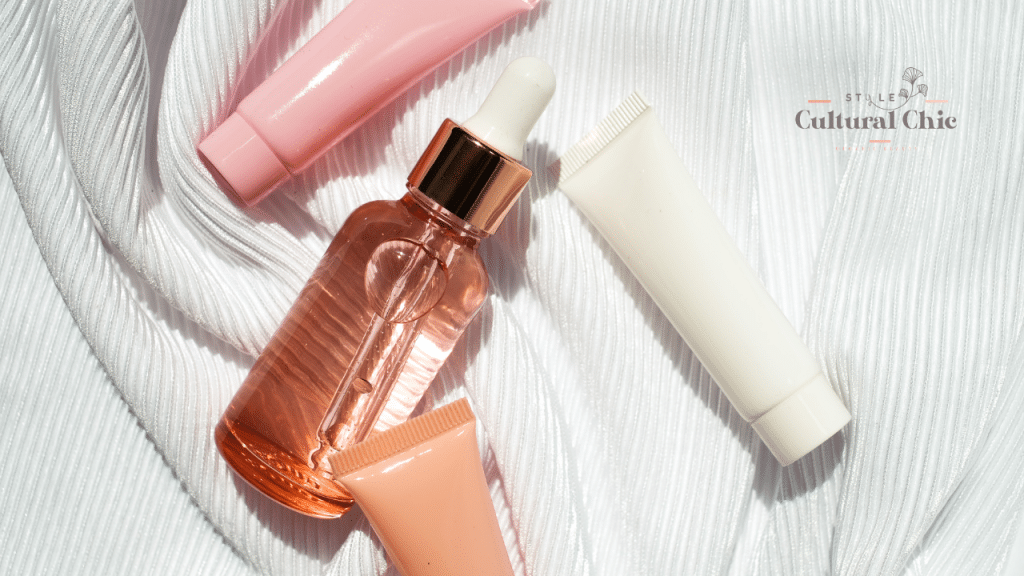

















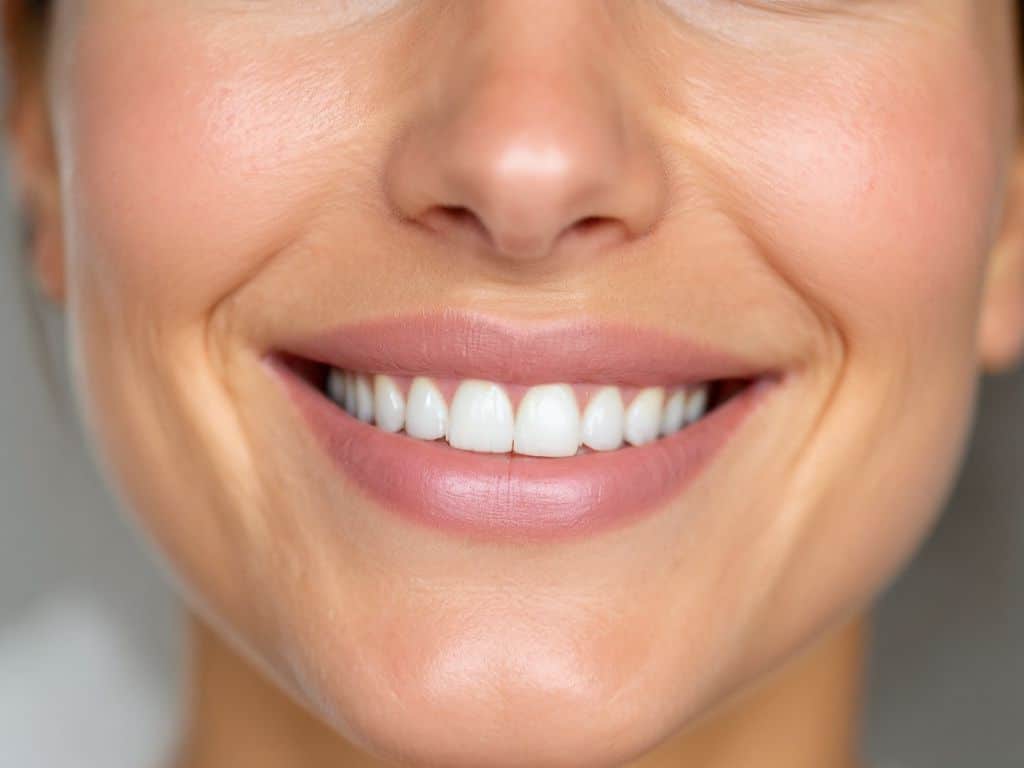










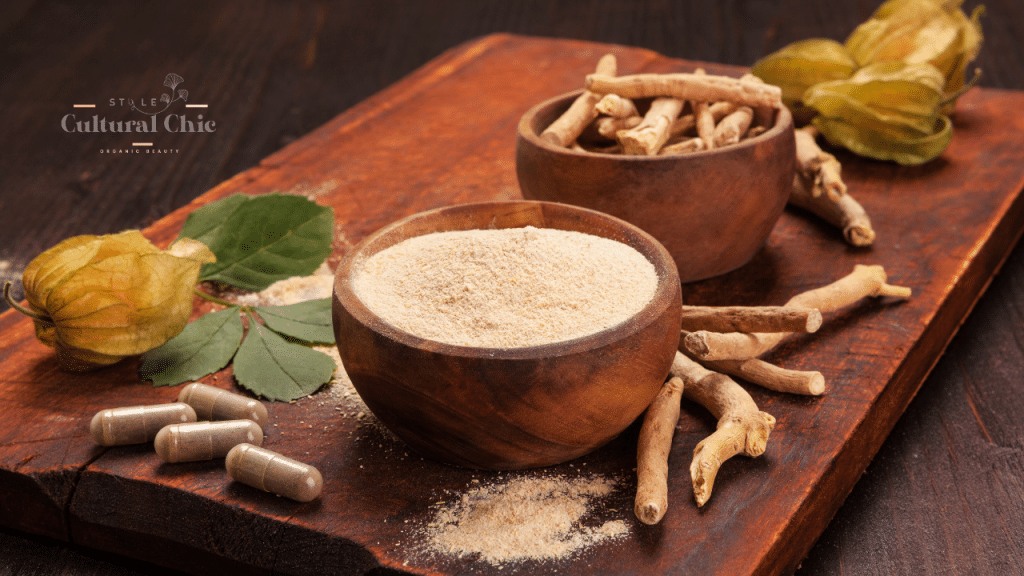
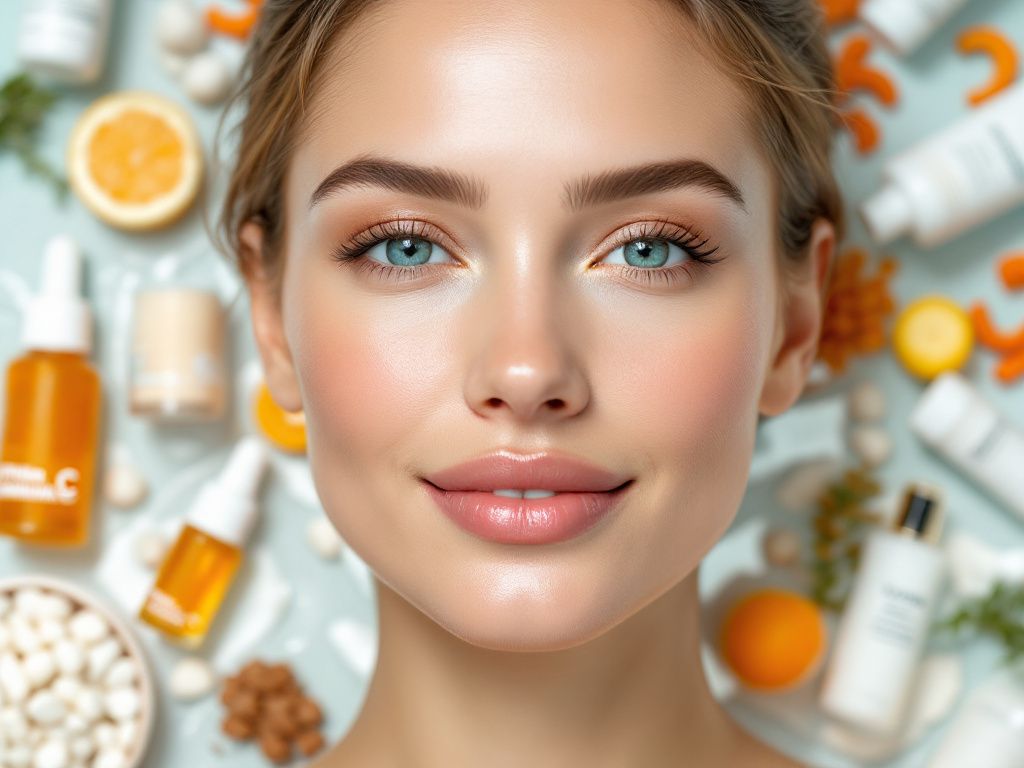

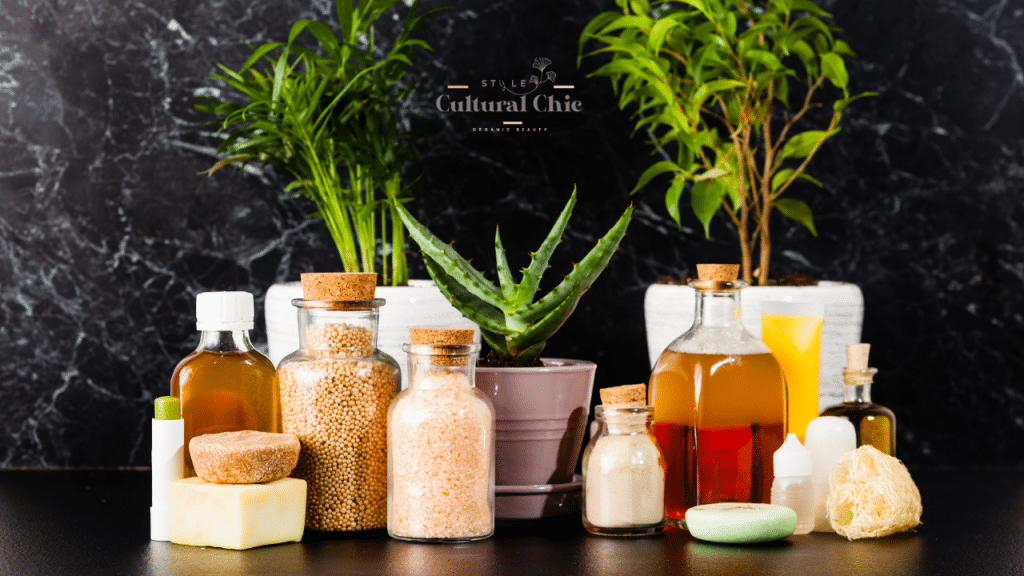

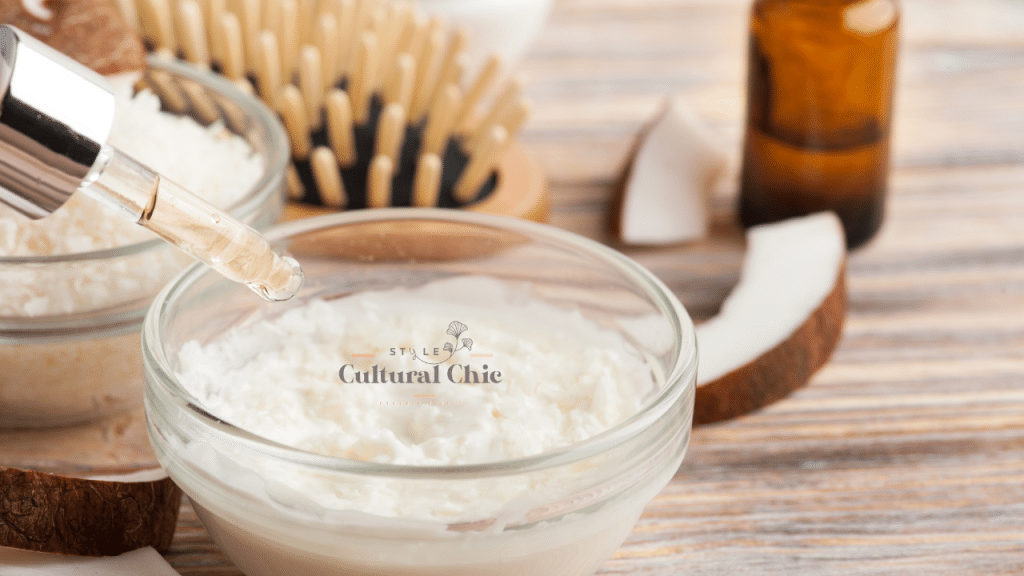











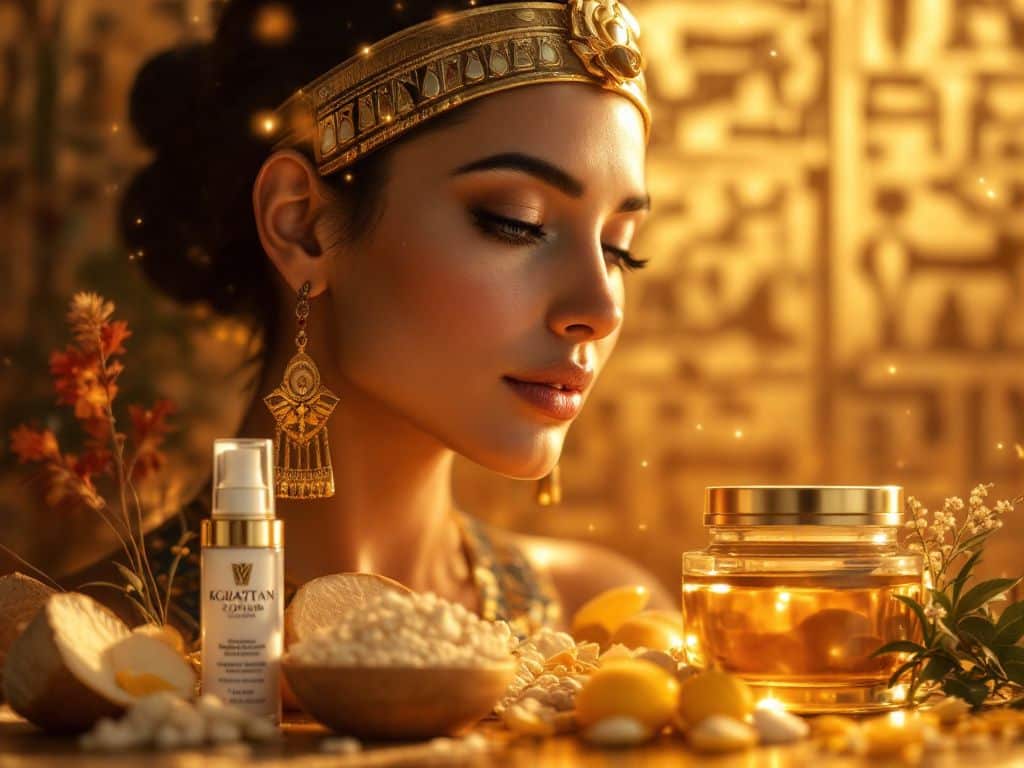





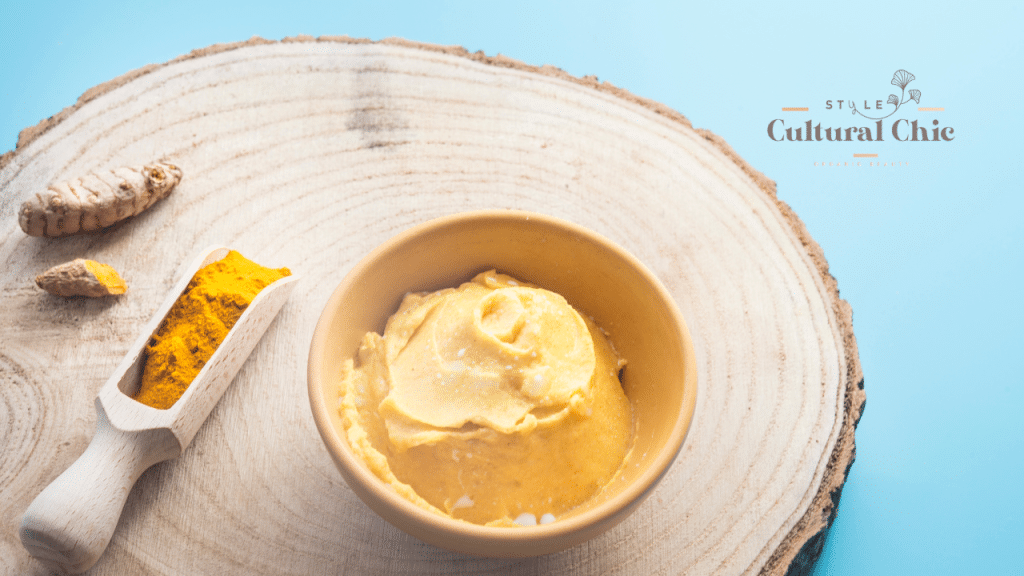
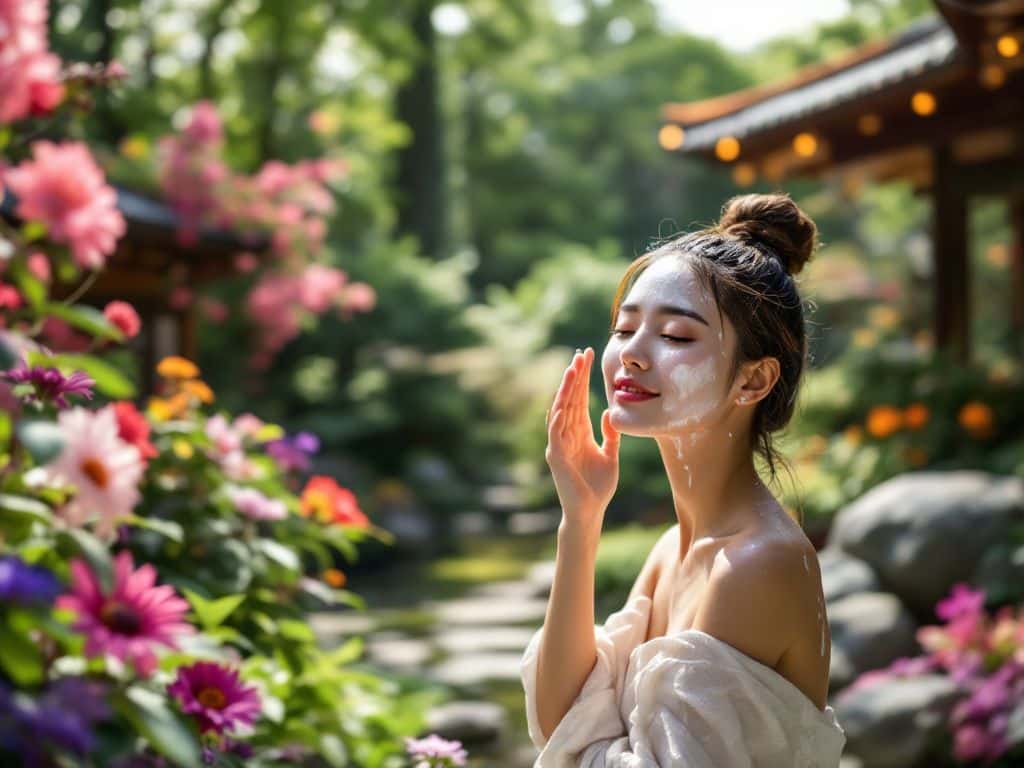

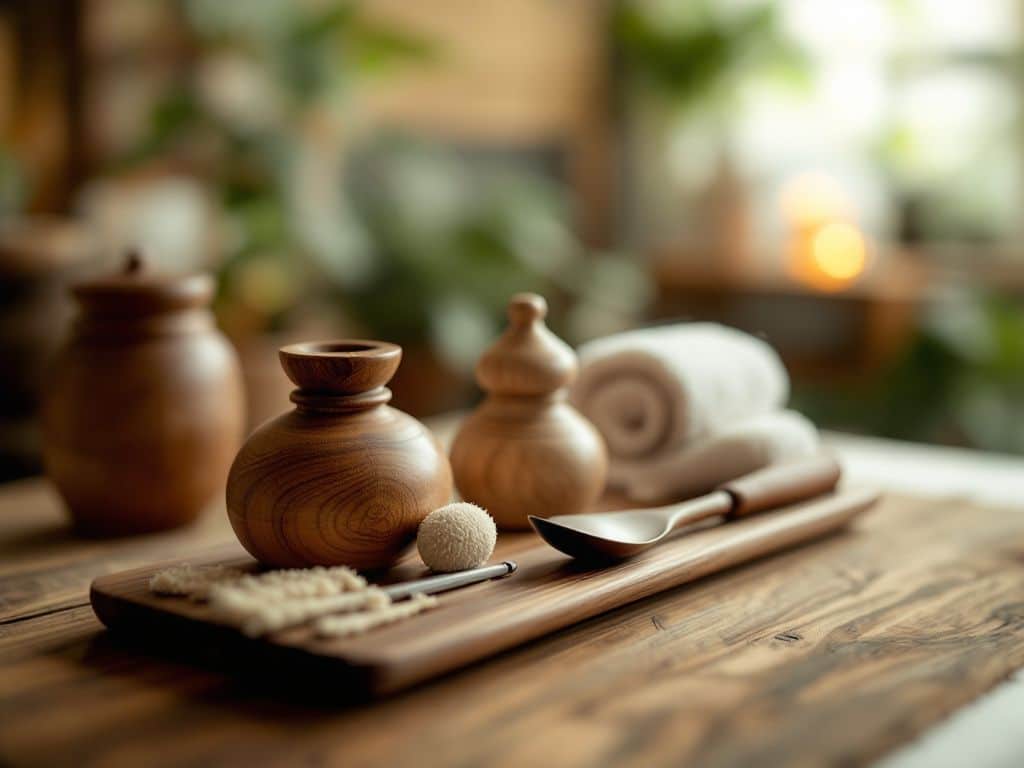















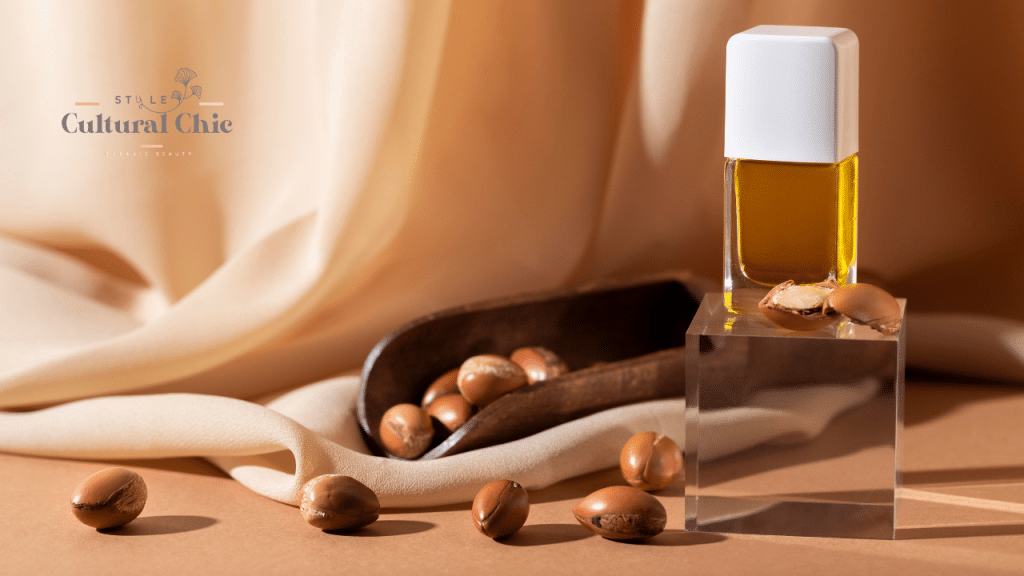





![[Ancient Meets Modern] How Hanbang Korean Skincare Is Changing Beauty Trends](https://culturalchicstyles.com/wp-content/uploads/2025/05/10x-Blogs-83-1024x576.png)


![[Skincare Rituals] Unlock the Ancient Japanese Secret of Double Cleansing](https://culturalchicstyles.com/wp-content/uploads/2025/04/10x-Blogs-78-1024x576.png)







